When it comes to designing a high-performance optical network, choosing the right type of single mode fiber (SMF) is critical. There are many different types of SMF available on the market, each with its unique set of advantages and disadvantages. In this article, we’ll take a closer look at five popular types of SMF from Corning, including SMF-28(TM)/SMF-28(R), SMF-28 ULL, SMF-28e, SMF-28e+, and LEAF. By the end of this article, you should have a better understanding of which type of SMF is best suited for your specific network needs

Corning SMF-28(TM) / SMF-28(R)
Corning SMF-28(TM)/SMF-28(R) is a standard single mode fiber that has been widely deployed in long-haul telecommunications networks since its introduction in the late 1990s. With its low attenuation rate of 0.34 dB/km at 1310 nm and 0.22 dB/km at 1550 nm, it is designed to minimize dispersion and nonlinear effects, making it an excellent choice for high-speed data transmission applications up to 10 Gbps. Measurement methods comply with ITDU recommendations G.650, IEC 60793-1, and Bellcore GR-20-CORE.
Pros:
- Proven track record in long-haul telecommunications networks for over two decades
- Low attenuation rate, which leads to reduced signal loss over long distances
- Minimizes dispersion and nonlinear effects, ensuring signal quality
Cons:
- Limited effective area of around 80 µm², which can cause nonlinear effects at high power levels
- May not be the best choice for very high-speed data transmission applications beyond 10 Gbps
Corning SMF-28 ULL
Corning SMF-28 ULL (Ultra-Low Loss) is a premium single mode fiber designed for ultra-high-speed data transmission applications, such as 100 Gbps and beyond. With a lower attenuation rate of approximately 0.17 dB/km at 1550 nm, it is designed to minimize dispersion and nonlinear effects while maintaining compatibility with existing network equipment.
Pros:
- Extremely low attenuation rate, allowing for longer transmission distances with less signal loss
- Minimizes dispersion and nonlinear effects, resulting in better signal quality
- Ideal for ultra-high-speed data transmission applications, such as 100 Gbps and beyond
Cons:
- Higher cost than standard SMF-28 due to its advanced manufacturing process
- Limited availability compared to more common single mode fibers
Corning SMF-28e
Corning SMF-28e is an enhanced single mode fiber designed to provide improved performance compared to standard SMF-28. It has a larger effective area of approximately 100 µm², which reduces nonlinear effects and allows for higher data transmission rates over longer distances. It is suitable for applications ranging from metropolitan area networks to long-haul networks.
Pros:
- Larger effective area, which reduces nonlinear effects and improves signal quality
- Can support higher data transmission rates over longer distances, making it suitable for a wider range of applications
- Can be used in a variety of applications, including data center interconnects and high-speed long-haul networks
Cons:
- May not be the best choice for very high-power applications due to its larger effective area
- Slightly higher cost than standard SMF-28 because of enhanced performance characteristics
Corning SMF-28e+
Corning SMF-28e+ is a further enhanced version of SMF-28e, designed to provide even better performance for demanding applications. It has a larger effective area of around 110 µm² and lower attenuation than SMF-28e (0.33 dB/km at 1310 nm and 0.21 dB/km at 1550 nm), making it an ideal choice for high-speed, long-haul networks.
Pros:
- Larger effective area and lower attenuation than SMF-28e, enabling even better signal quality and longer transmission distances
- Excellent performance for high-speed, long-haul networks, including 100 Gbps and beyond
- Can support high data transmission rates over longer distances, making it suitable for a wide range of applications
Cons:
- Higher cost than standard SMF-28e due to its further enhanced performance characteristics
Corning LEAF(R)
Corning LEAF (Low Effective Area Fiber) is a unique type of SMF designed to provide the lowest possible nonlinear effects and higher transmission capacity. It has a larger effective area of about 70 µm² and a lower attenuation rate of 0.19 dB/km at 1550 nm than standard SMF, which reduces the nonlinear effects and allows for higher transmission capacity. Introduced in the late 1990s, LEAF is specifically designed for Dense Wavelength Division Multiplexing (DWDM) applications.
Pros:
- Lowest possible nonlinear effects due to its unique waveguide design
- Higher transmission capacity, making it suitable for DWDM systems with numerous wavelengths
- Ideal for long-haul and high-speed telecommunications applications, including 100 Gbps and beyond
Cons:
- Higher cost than standard SMF due to its specialized design and manufacturing process
- Limited availability compared to more common single mode fibers
Comparing all fiber type specifications
| Parameter | SMF-28(TM) / SMF-28(R) | SMF-28 ULL | SMF-28e | SMF-28e+ | LEAF |
|---|---|---|---|---|---|
| Effective Area | 80 µm² | 70 µm² | 91 µm² | 117 µm² | 162 µm² |
| Attenuation @1310nm | 0.35 dB/km | 0.31 dB/km | 0.32 dB/km | 0.31 dB/km | 0.31 dB/km |
| Attenuation @1383nm | 0.31 dB/km | 0.28 dB/km | 0.30 dB/km | 0.28 dB/km | 0.28 dB/km |
| Attenuation @1550nm | 0.18 dB/km | 0.16 dB/km | 0.18 dB/km | 0.16 dB/km | 0.165 dB/km |
| Attenuation @1625nm | 0.20 dB/km | 0.17 dB/km | 0.20 dB/km | 0.17 dB/km | 0.172 dB/km |
| Attenuation @1650nm | 0.22 dB/km | 0.19 dB/km | 0.22 dB/km | 0.19 dB/km | 0.195 dB/km |
| Attenuation @1700nm | 0.27 dB/km | 0.23 dB/km | 0.27 dB/km | 0.23 dB/km | 0.24 dB/km |
| Chromatic Dispersion | 3.5 ps/(nm·km) | 3.0 ps/(nm·km) | 3.5 ps/(nm·km) | 3.0 ps/(nm·km) | 3.5 ps/(nm·km) |
| Dispersion Slope | 0.086 ps/(nm²·km) | 0.075 ps/(nm²·km) | 0.077 ps/(nm²·km) | 0.068 ps/(nm²·km) | 0.074 ps/(nm²·km) |
| Zero Dispersion Wavelength | 1310-1324 nm (typical) | 1310-1324 nm (typical) | 1300-1324 nm (typical) | 1300-1324 nm (typical) | 1295-1325 nm (typical) |
| Zero Dispersion Slope | ≤0.092 ps/(nm²·km) | ≤0.092 ps/(nm²·km) | ≤0.092 ps/(nm²·km) | ≤0.092 ps/(nm²·km) | ≤0.092 ps/(nm²·km) |
| PMD Coefficient | ≤0.2 ps/√km | ≤0.2 ps/√km | ≤0.2 ps/√km | ≤0.2 ps/√km | ≤0.2 ps/√km |
| Mode Field Diameter (MFD) | 9.2 µm (typical) | 8.4 µm (typical) | 9.2 µm (typical) | 10.4 µm (typical) | 13.3 µm (typical) |
| Core Diameter | 8.2 µm | 8.2 µm | 8.2 µm | 8.2 µm | 8.2 µm |
| Cladding Diameter | 125 µm | 125 µm | 125 µm | 125 µm | 125 µm |
| Coating Diameter | 245 µm (SMF-28) | 245 µm | 245 µm | 245 µm | 245 µm |
| Nonlinear Coefficient | 2.7 W^-1 km^-1 | 1.0 W^-1 km^-1 | 2.7 W^-1 km^-1 | 1.0 W^-1 km^-1 | 0.035 W^-1 km^-1 |
| Dispersion-Flattened | No | No | Yes | Yes | Yes |
| Temperature Range | -60°C to +85°C | -60°C to +85°C | -60°C to +85°C | -60°C to +85°C | -60°C to +85°C |
| Coefficient of Thermal Expansion | 7.1 × 10^-6/°C | N/A | N/A | N/A | N/A |
| Proof Test Level | 100 kpsi (690 MPa) | 100 kpsi (690 MPa) | 100 kpsi (690 MPa) | 100 kpsi (690 MPa) | 100 kpsi (690 MPa) |
Where can I purchase optical fiber?
Corning optical fiber can be purchased directly from Corning, but if you’re looking for a more cost-effective solution, Wyoming Electronics is a reliable alternative. Not only can they supply Corning Optical Fiber at roughly half the cost, but they can also significantly reduce the turnaround time for your orders. Moreover, they cater to your specific needs, including fiber type, length, spool size, and spliced connectors. Additionally, if you require any type of respooling services, Wyoming Electronics has the expertise and resources to handle those requests efficiently. To explore these competitive options and customize your fiber solution, don’t hesitate to reach out to Wyoming Electronics through the contact information provided below.
Please fill out the information below to get your FREE quote!


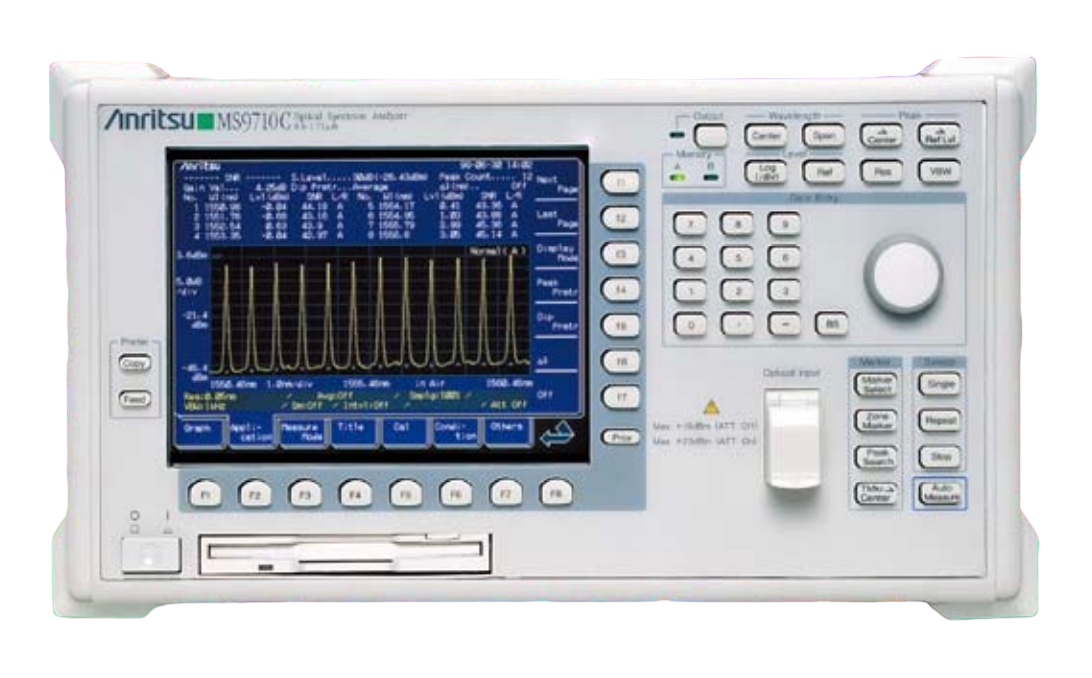 Spectrum Analyzers
Spectrum Analyzers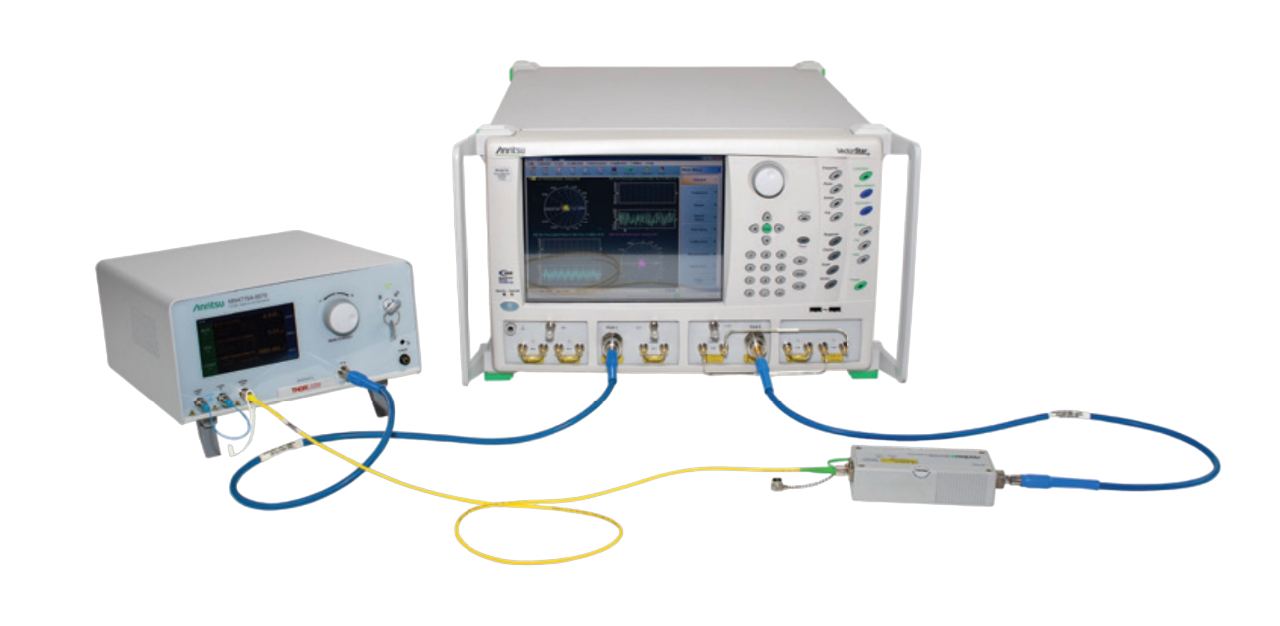 Network Analyzers
Network Analyzers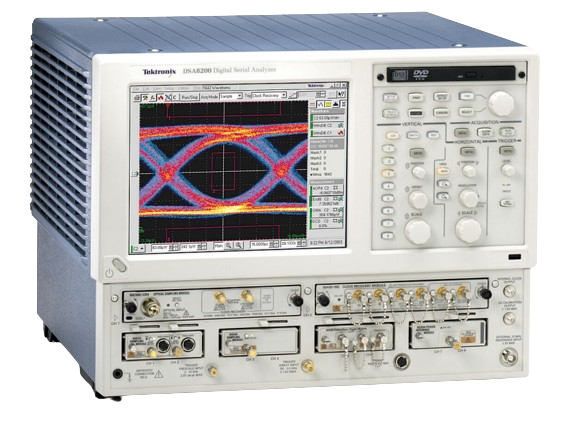 Signal Analyzers
Signal Analyzers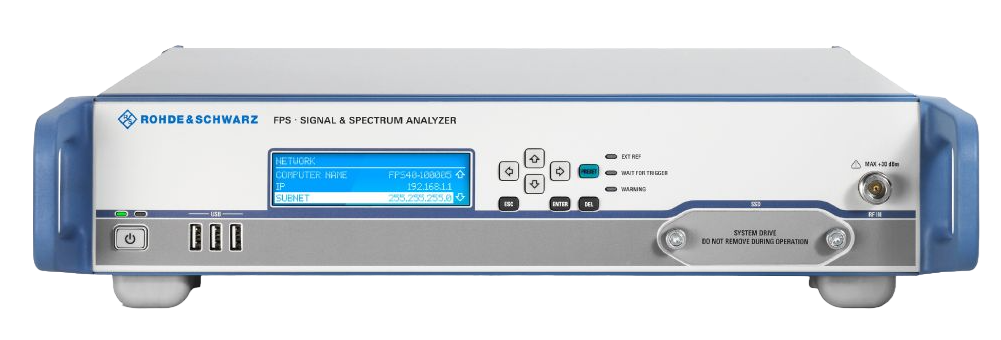 Logic Analyzers
Logic Analyzers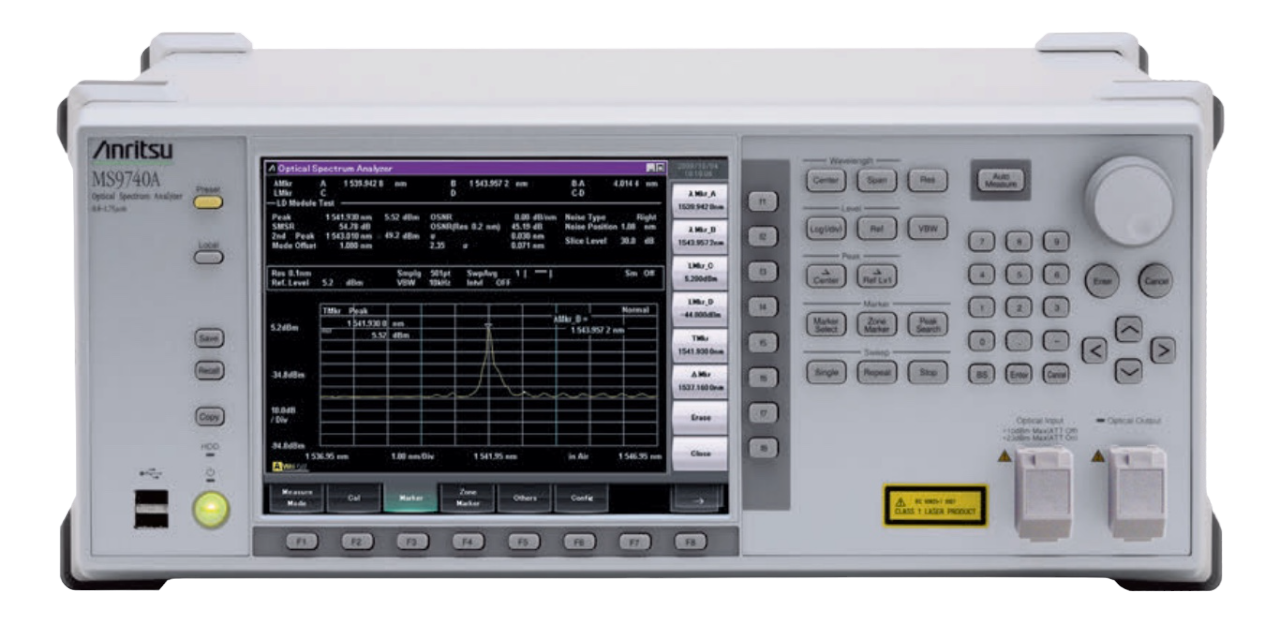 Optical Spectrum Analyzers
Optical Spectrum Analyzers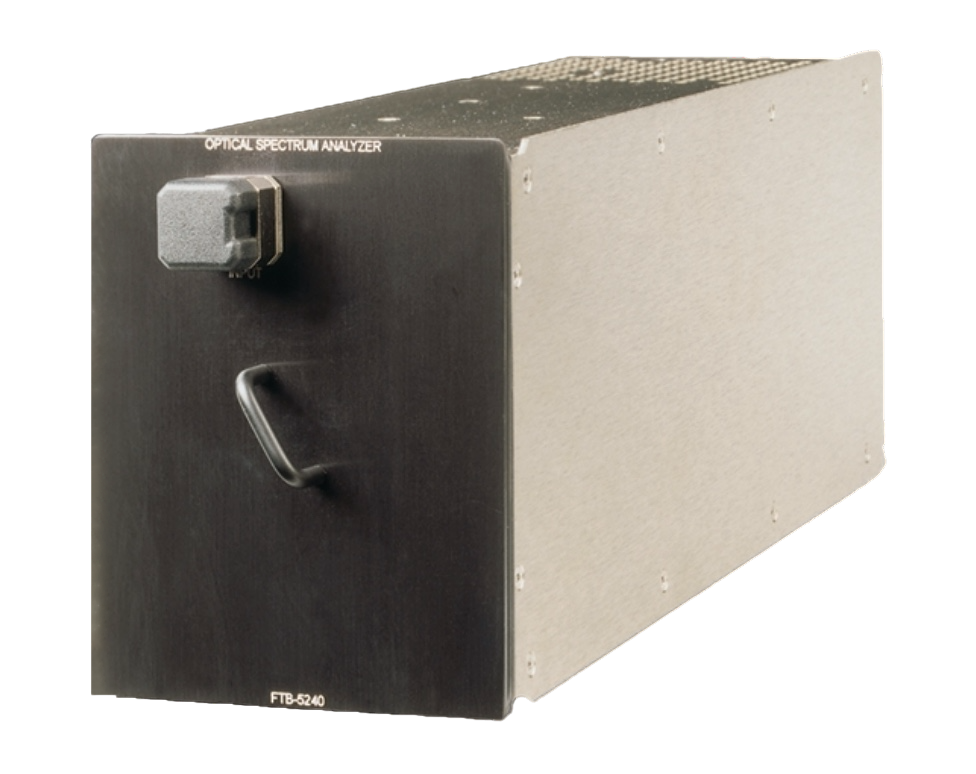 Other Analyzers
Other Analyzers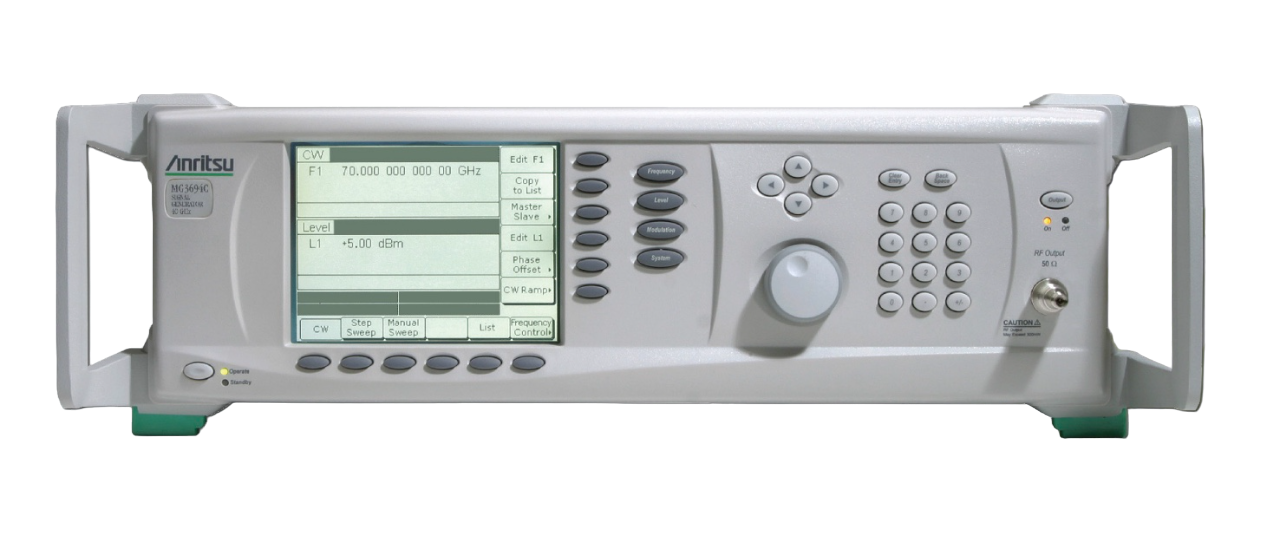 Signal Generator
Signal Generator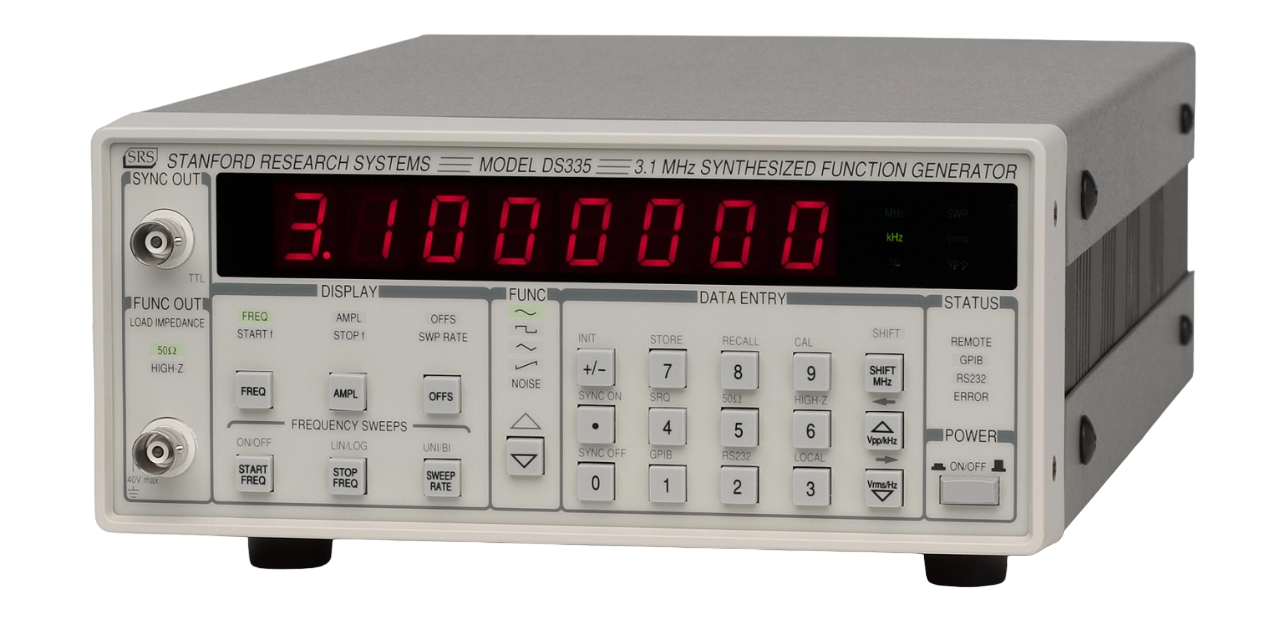 Function Generator
Function Generator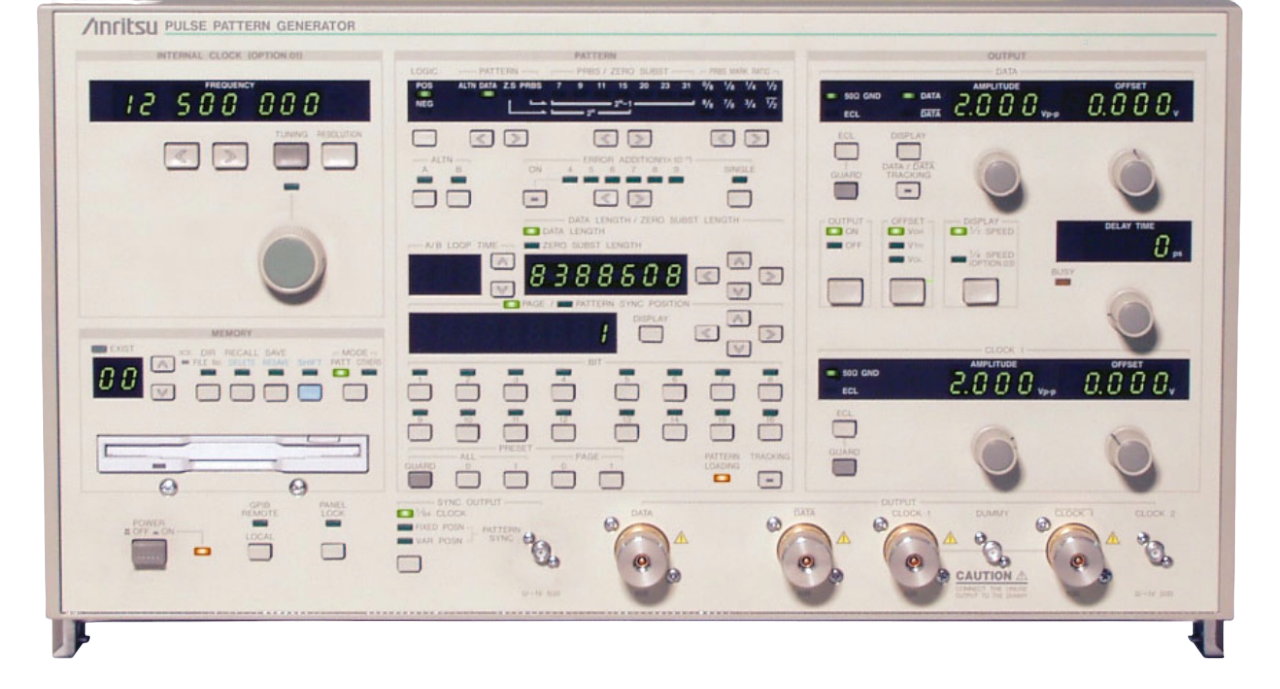 Pulse / Pattern Generator
Pulse / Pattern Generator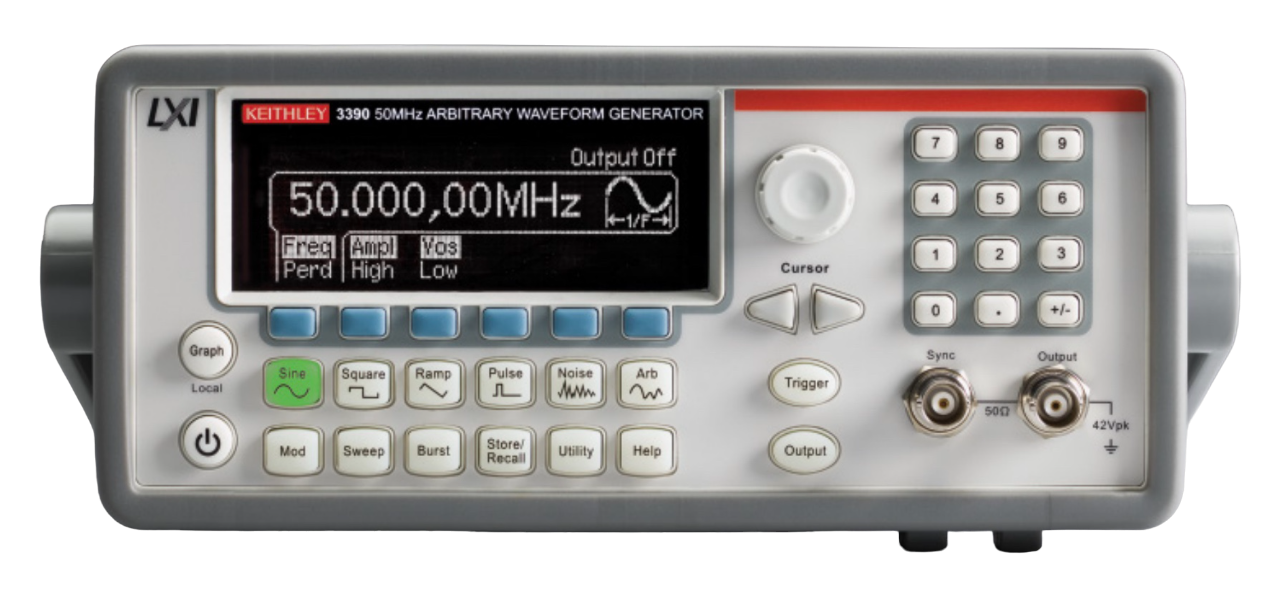 Waveform Generator
Waveform Generator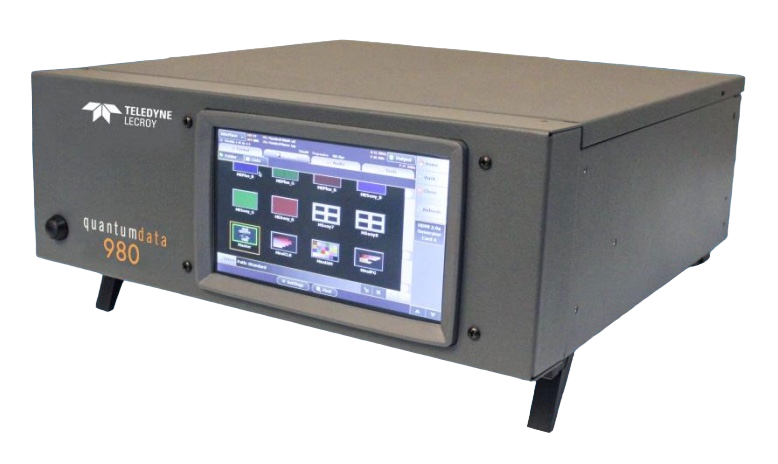 Other Generators
Other Generators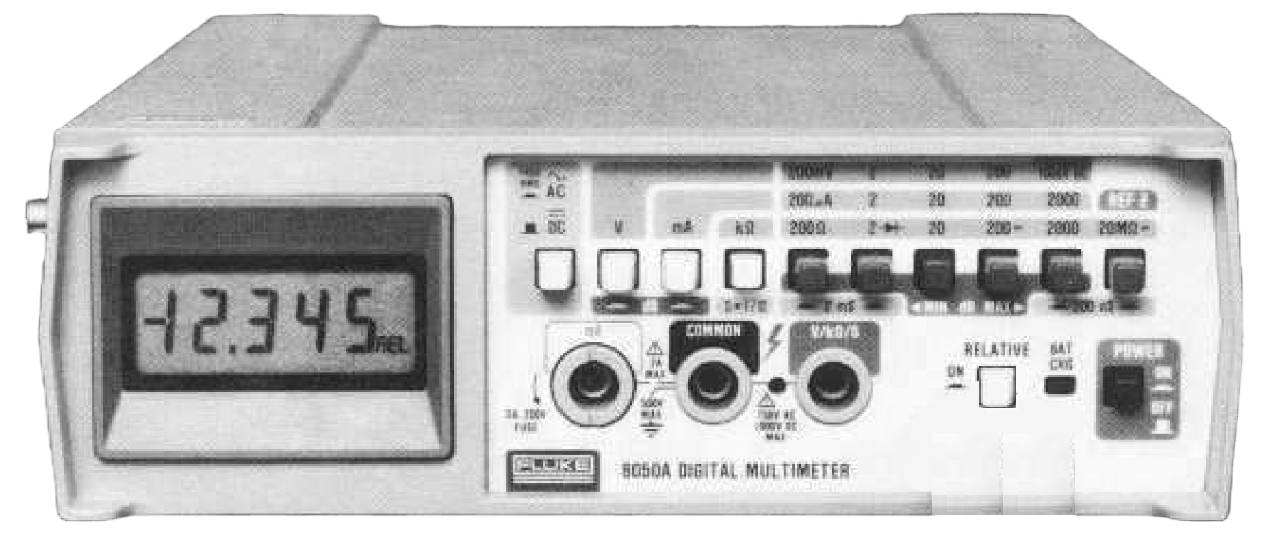 Digital Multimeter
Digital Multimeter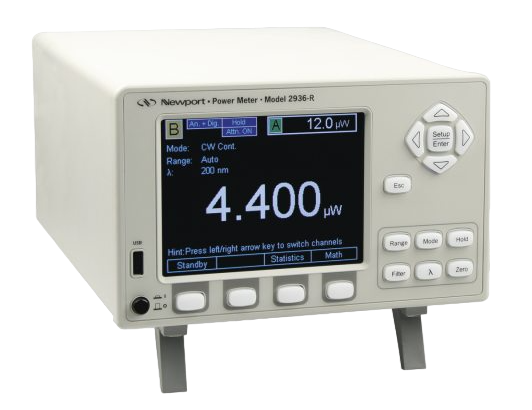 Power Meter
Power Meter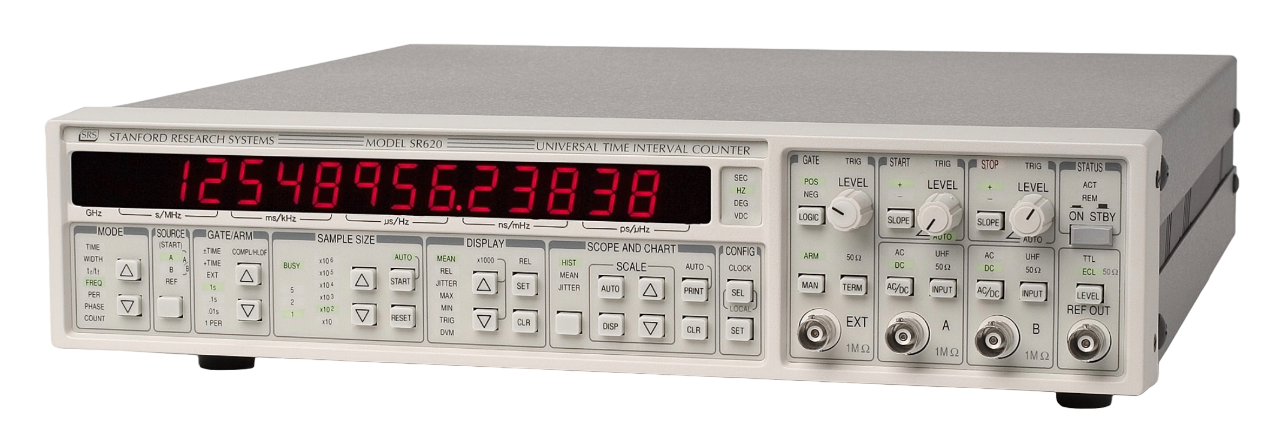 Frequency Counters
Frequency Counters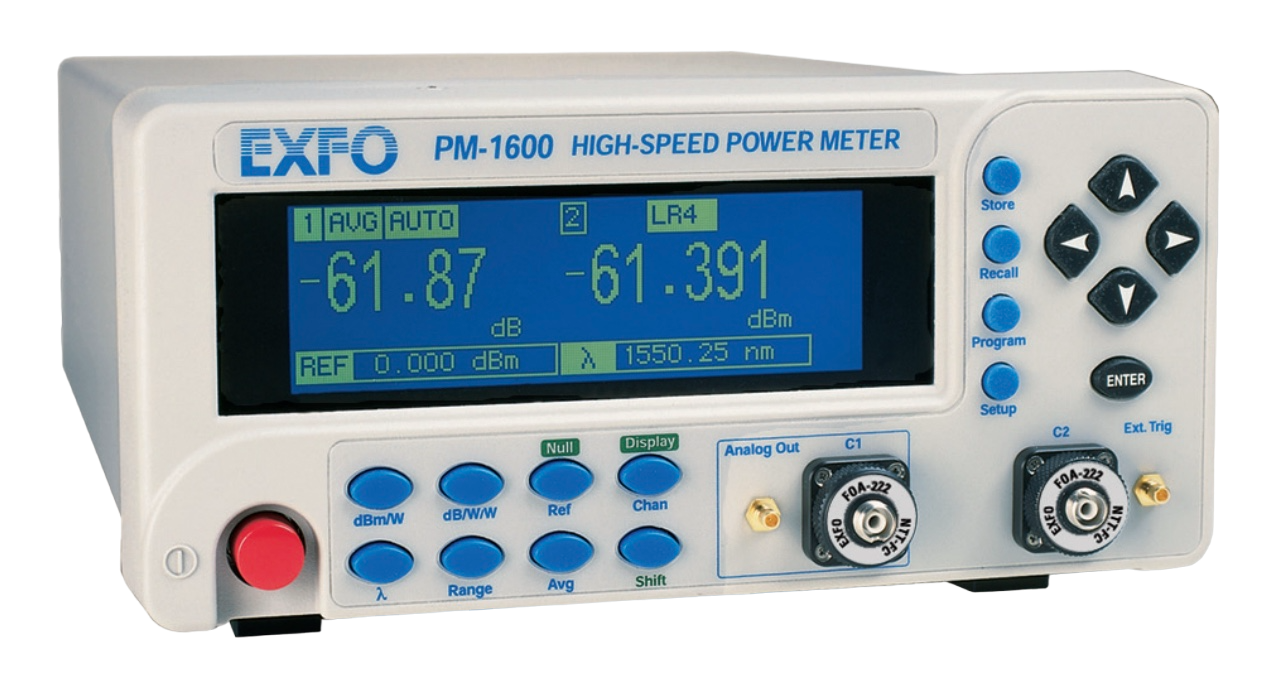 Optical Power Meter
Optical Power Meter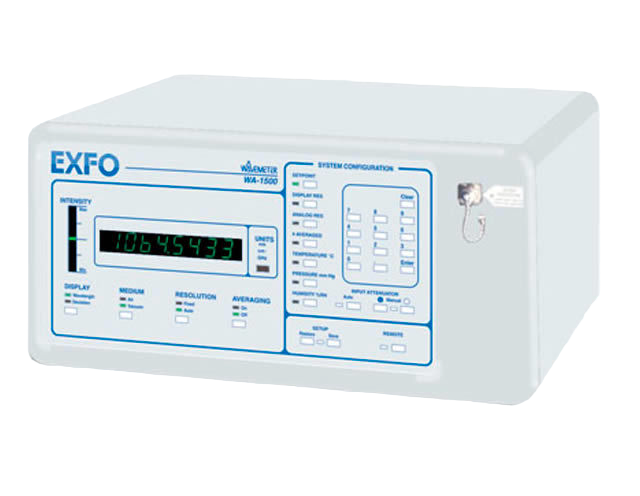 Wavelength Meter
Wavelength Meter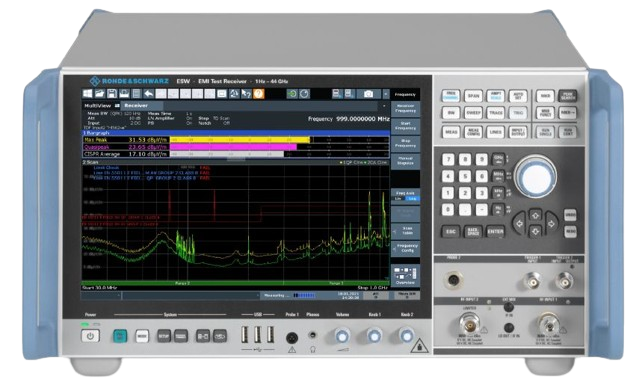 Receiver
Receiver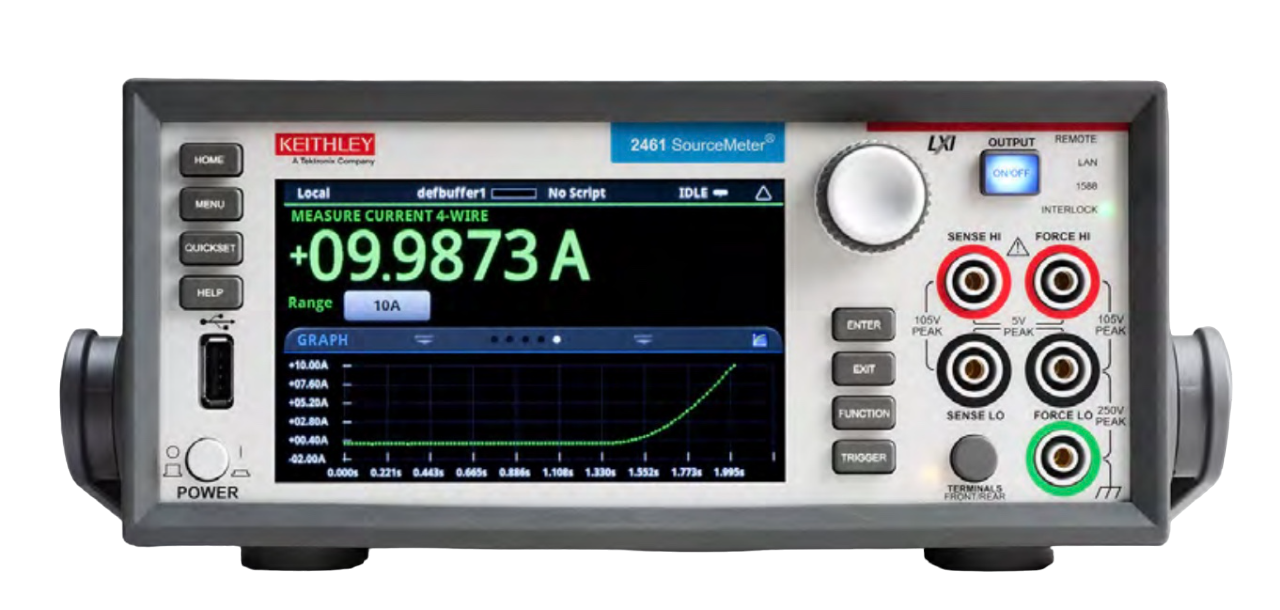 Current/Power Source Meter
Current/Power Source Meter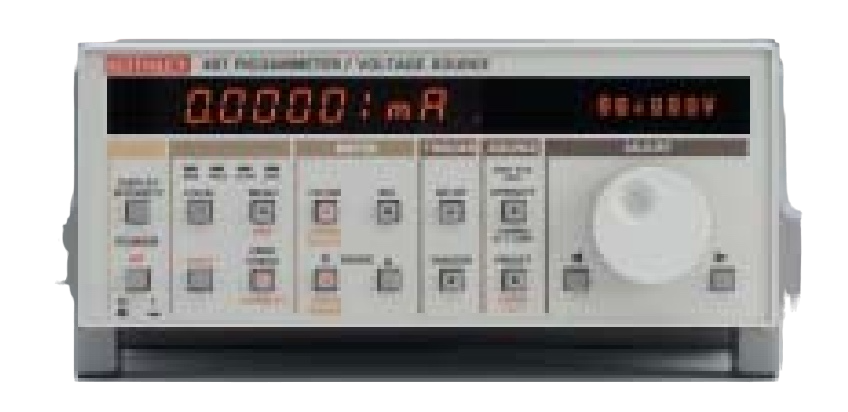 Picoammeter
Picoammeter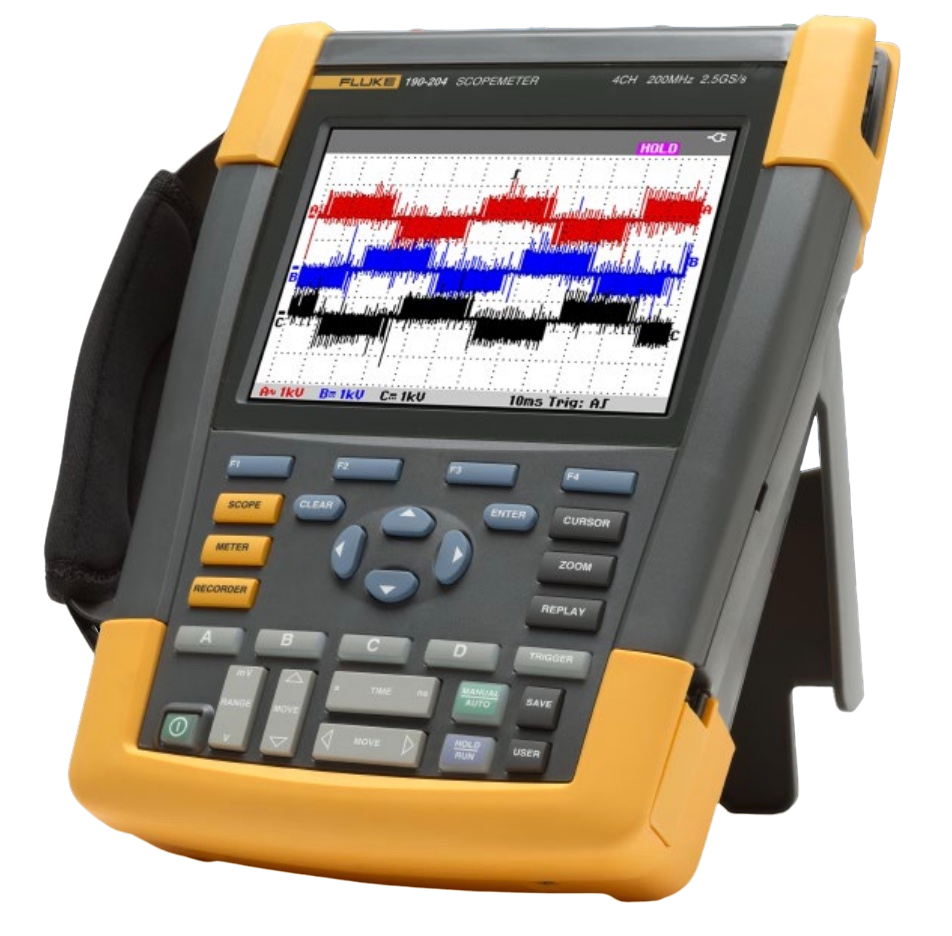 Other Meters
Other Meters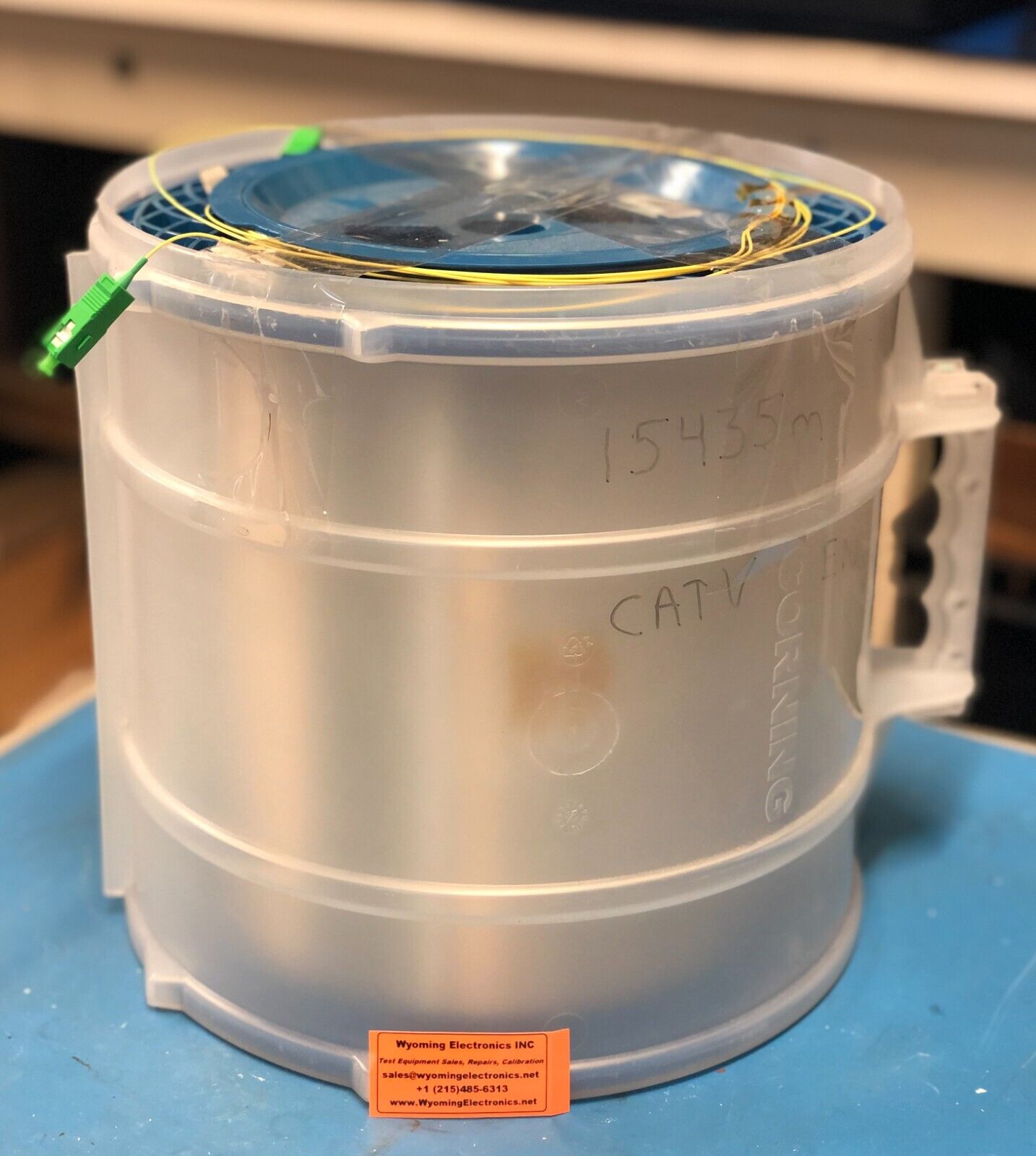 Optical Fiber
Optical Fiber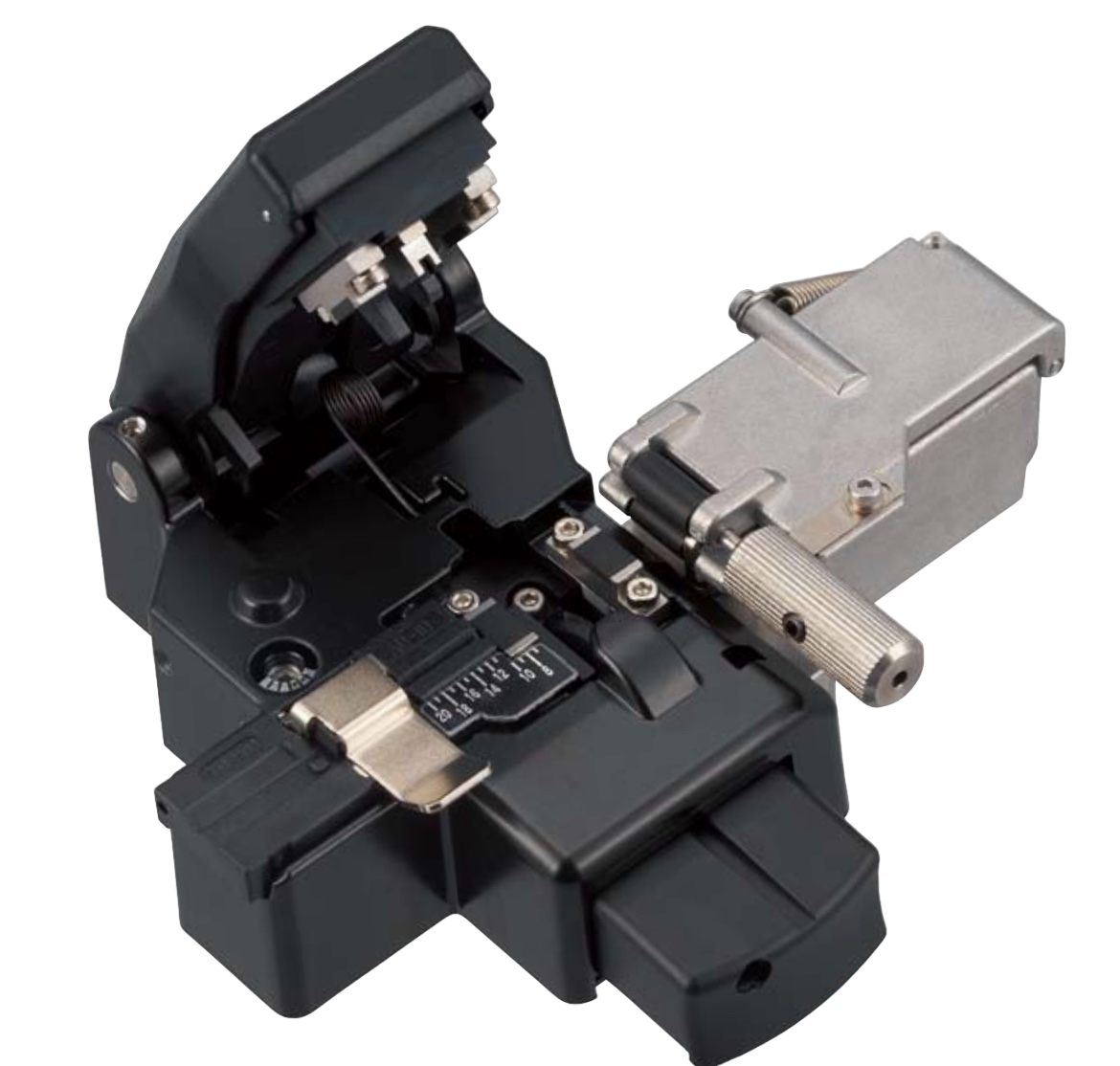 Fiber Cleaver
Fiber Cleaver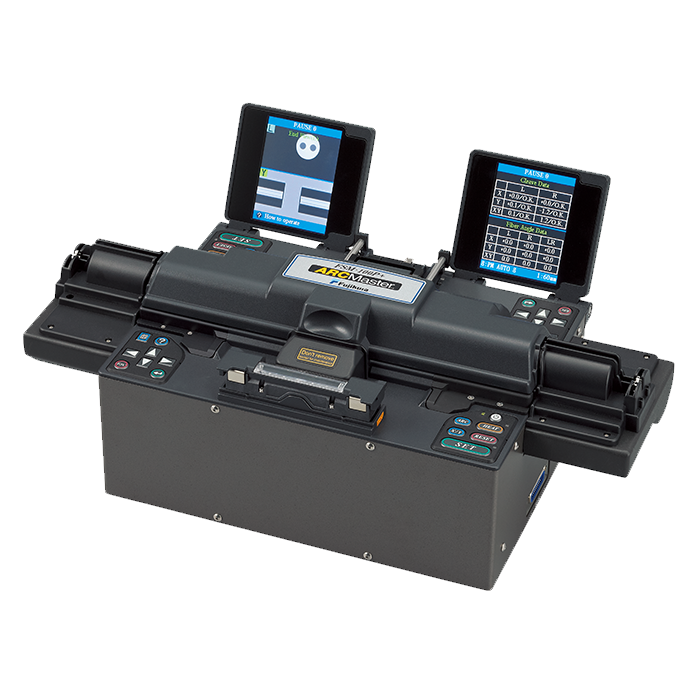 Fusion Splicer
Fusion Splicer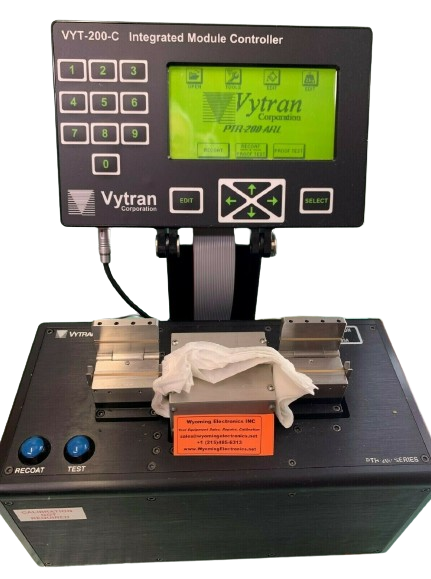 Fiber Recoater
Fiber Recoater Optical Attenuator
Optical Attenuator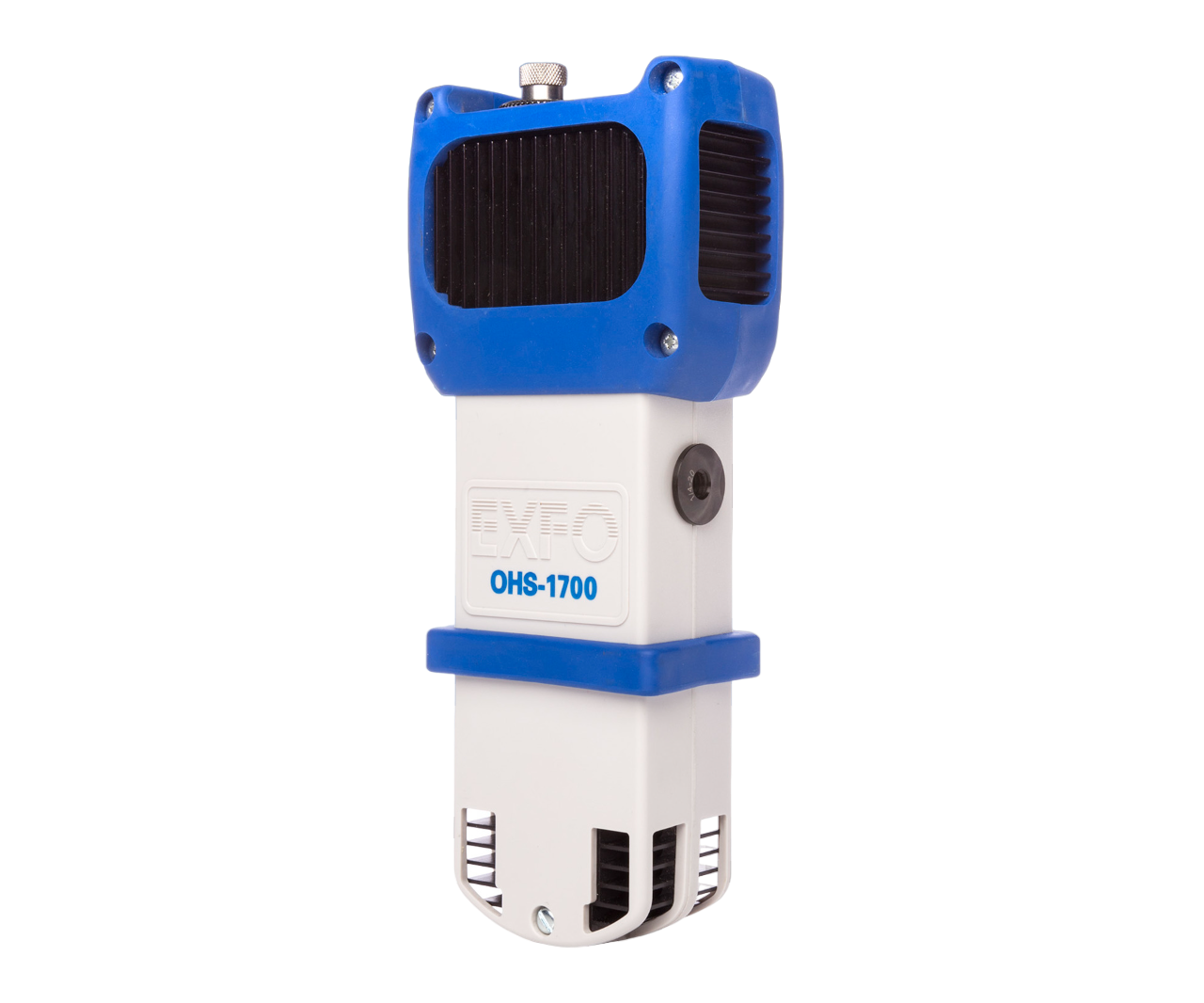 Optical Head
Optical Head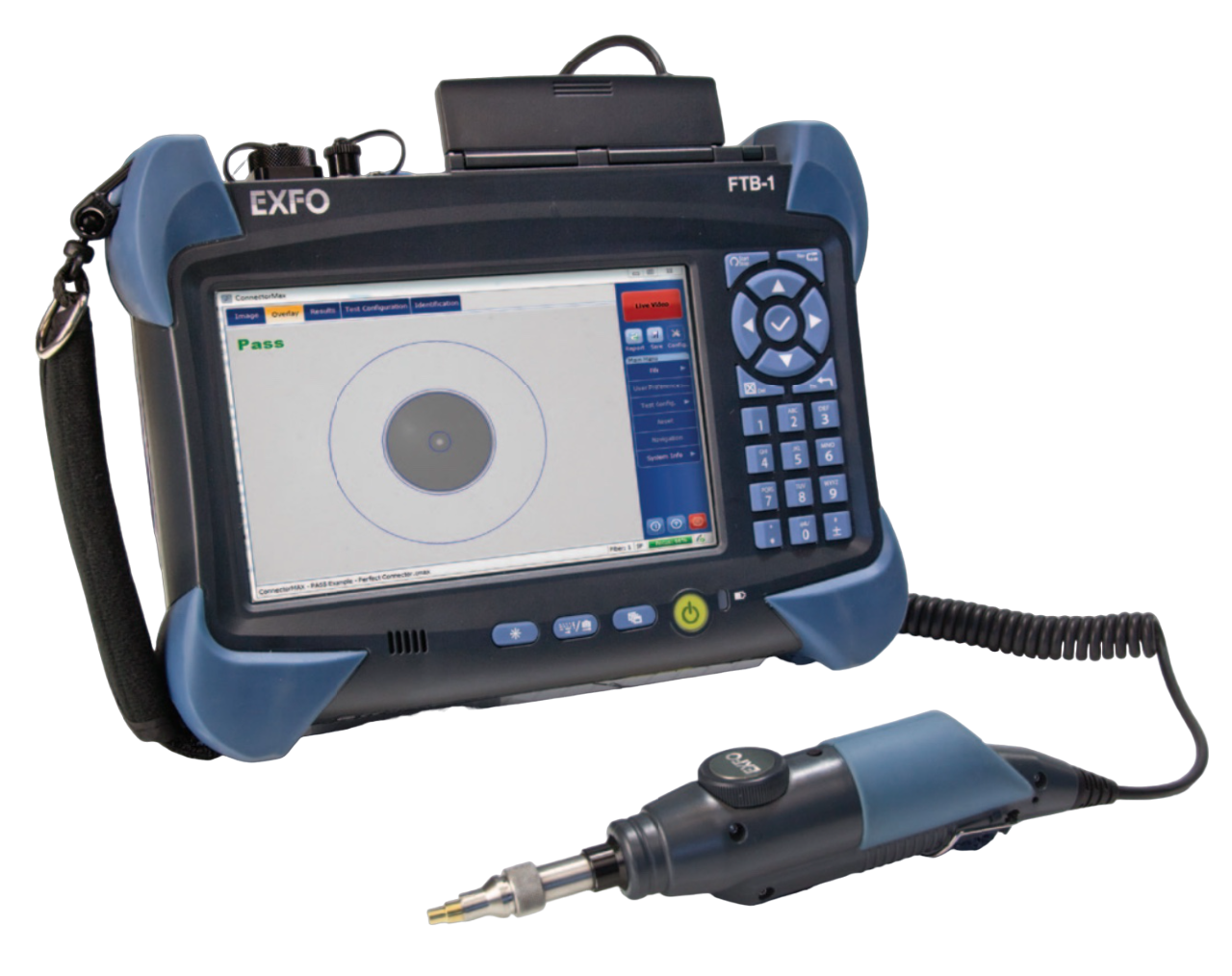 OTDR (Optical Time-Domain Reflectometer)
OTDR (Optical Time-Domain Reflectometer)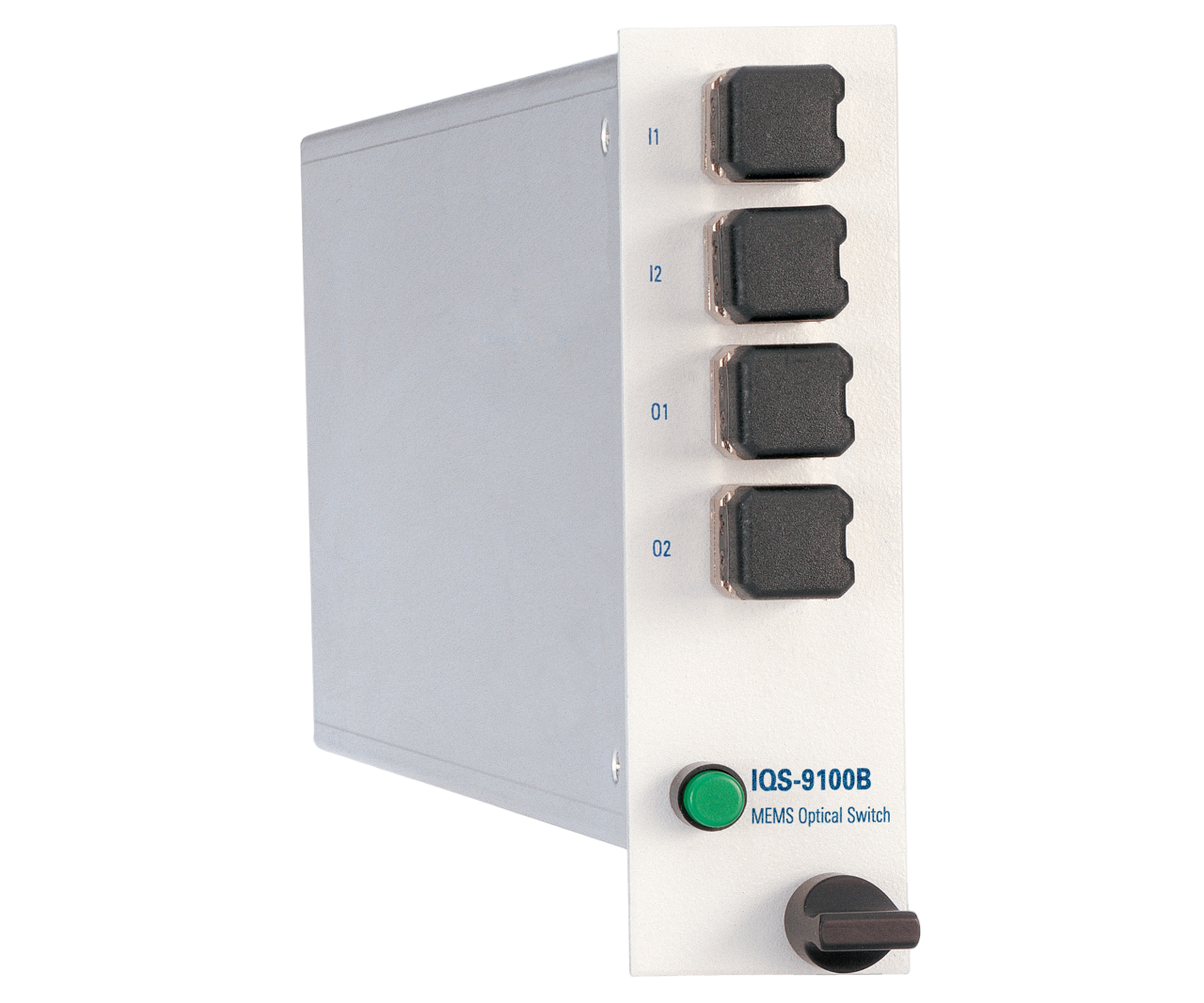 Other Optical Instruments
Other Optical Instruments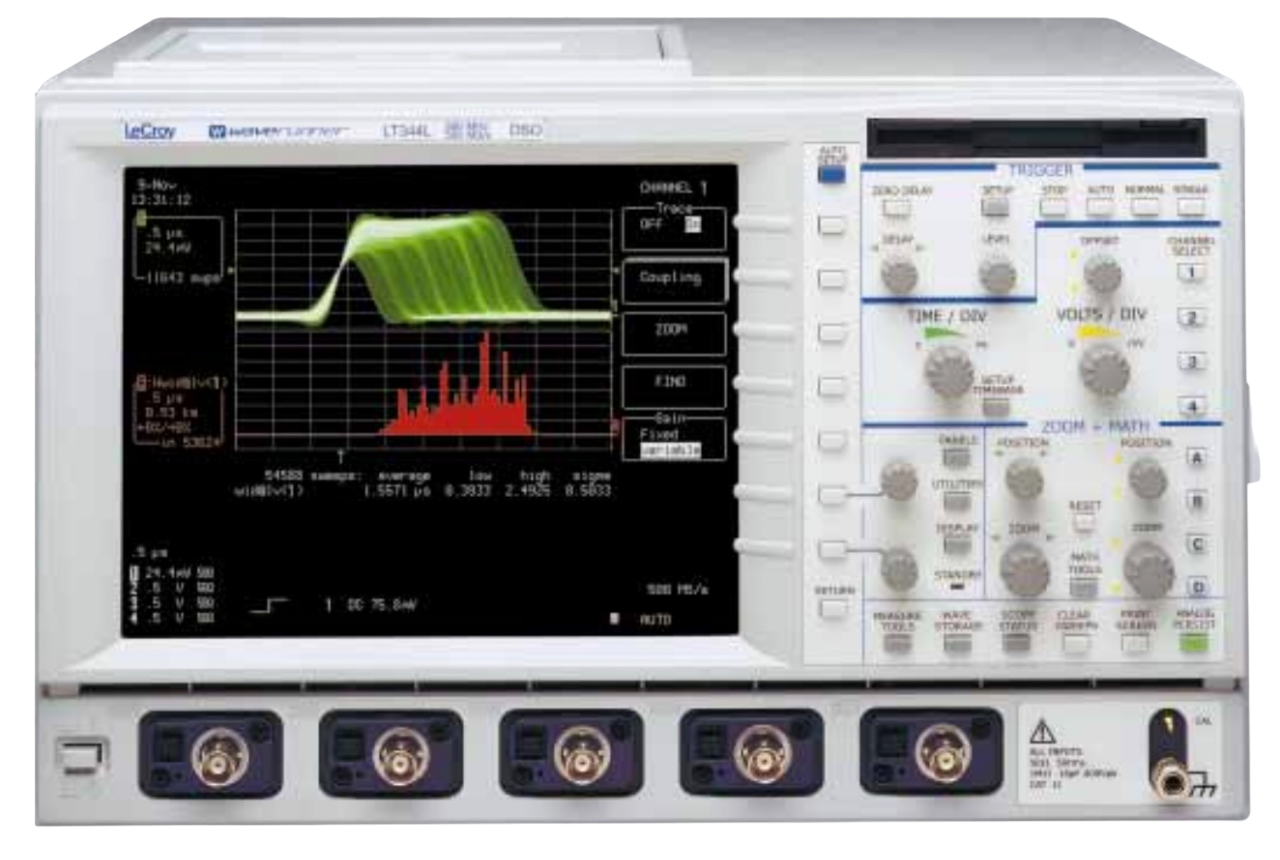 Oscilloscopes
Oscilloscopes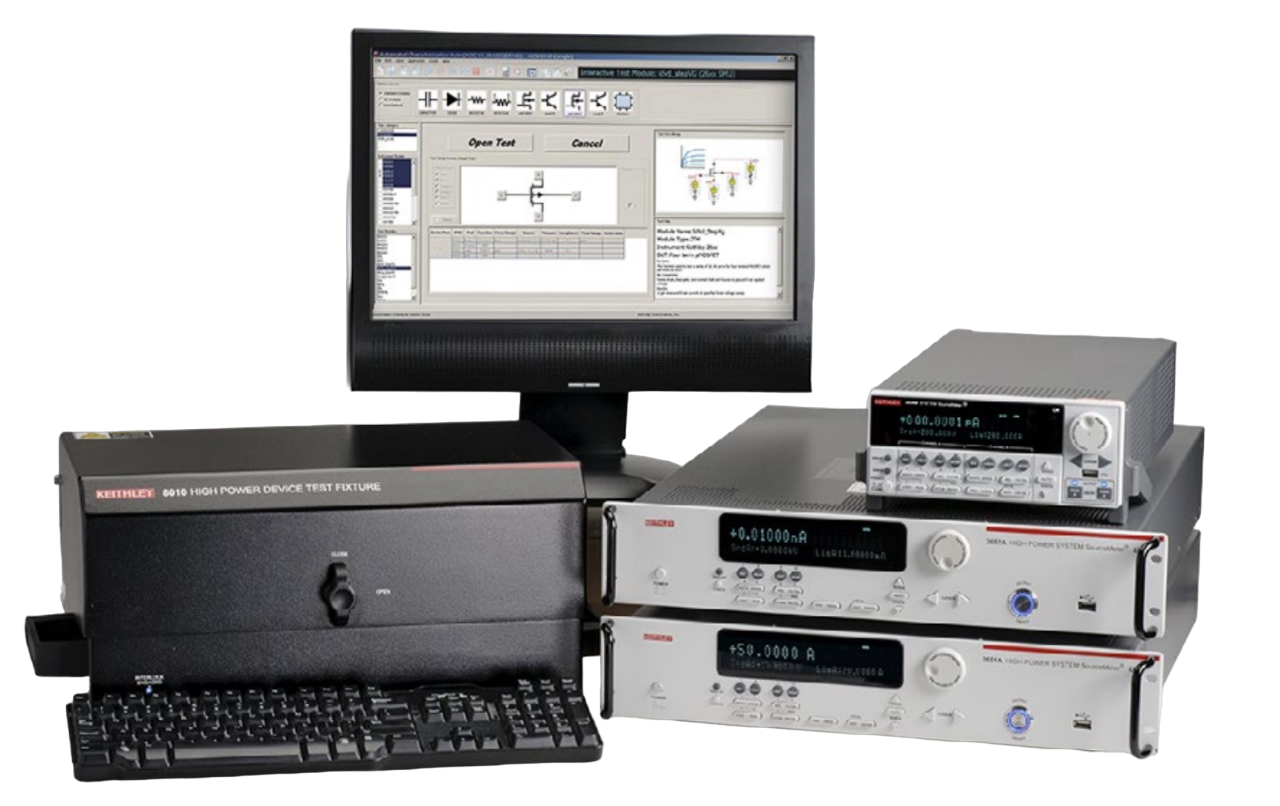 Curve Tracer
Curve Tracer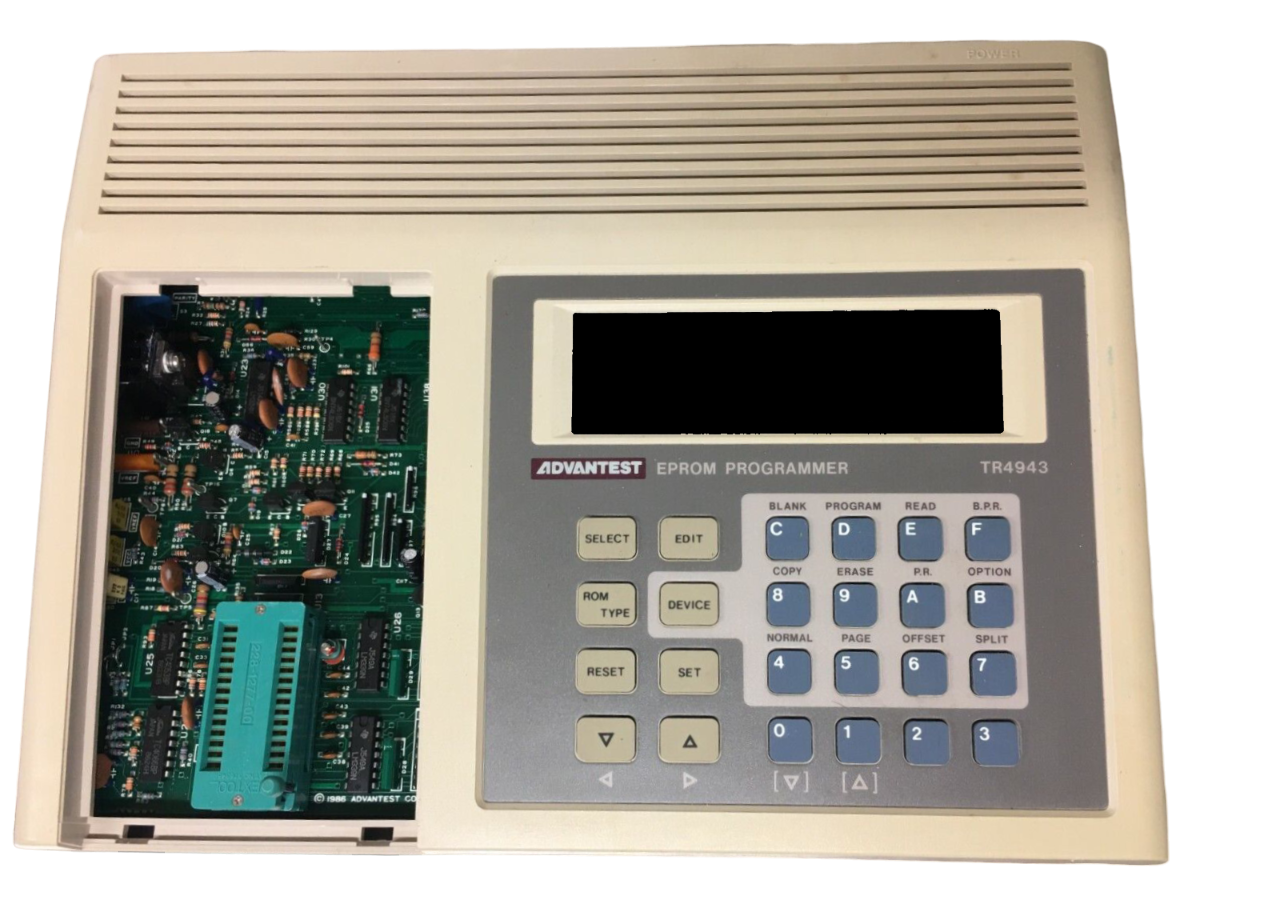 EPROM Programer
EPROM Programer Recorder
Recorder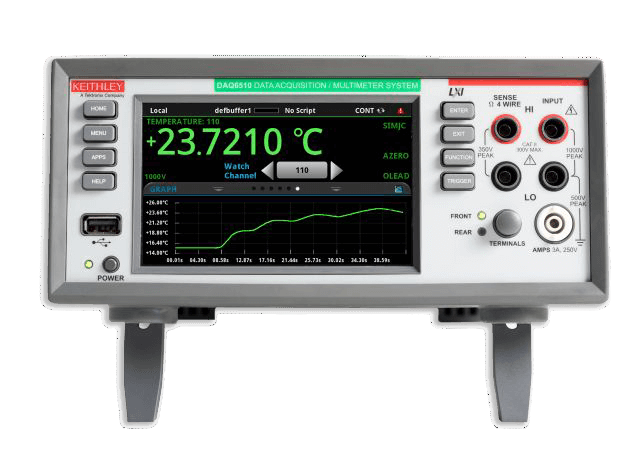 Data Acquisition System
Data Acquisition System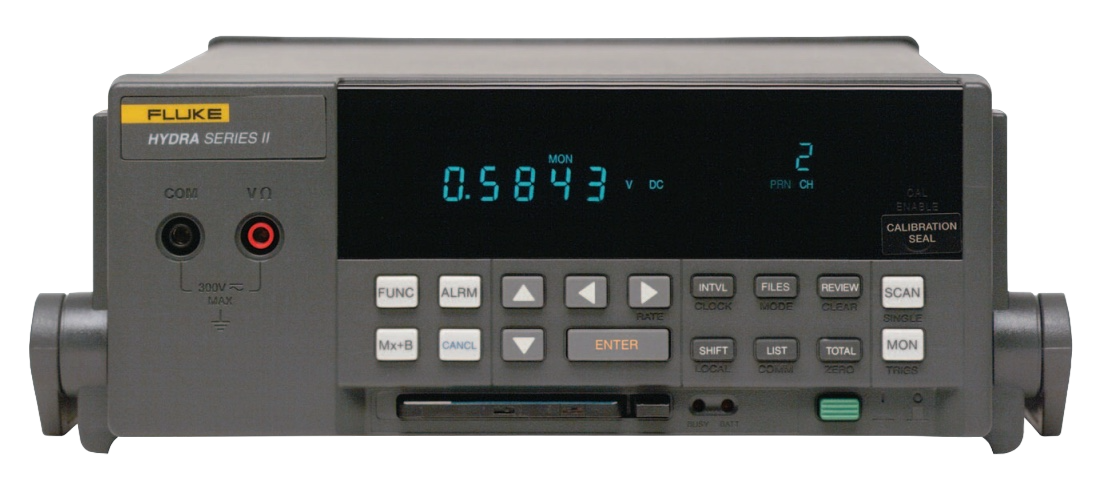 Data Logger
Data Logger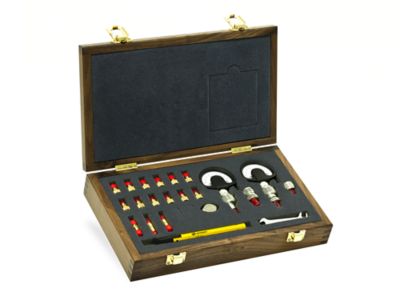 Calibration Kit
Calibration Kit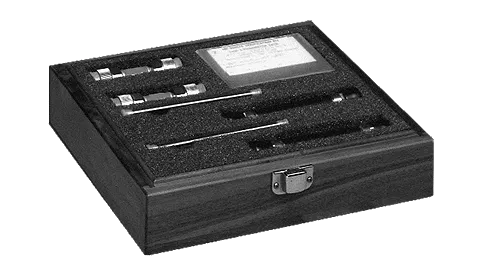 Verification Kit
Verification Kit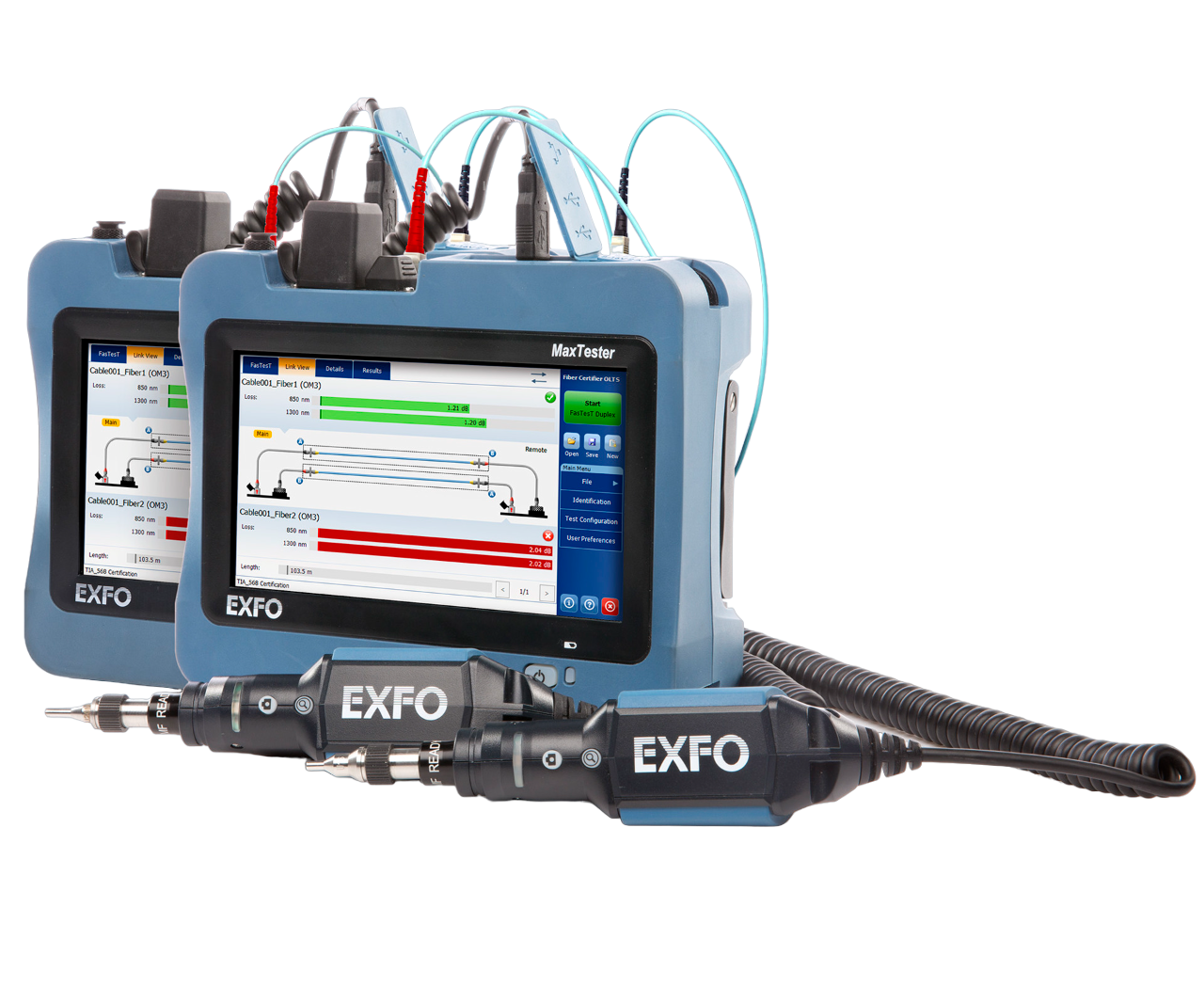 Test Set
Test Set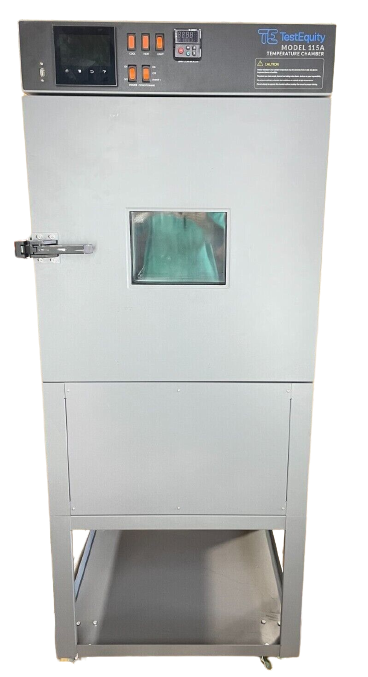 Test Chamber / Ovens
Test Chamber / Ovens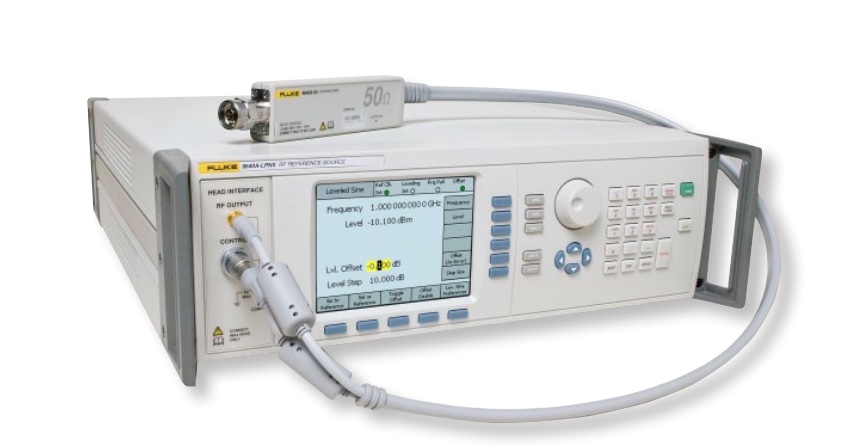 Calibrator
Calibrator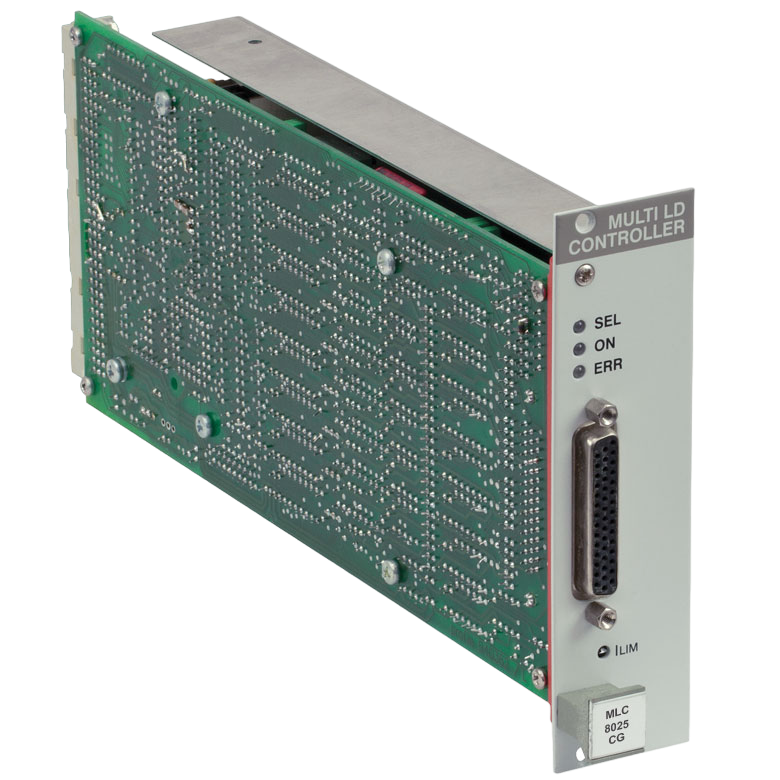 Controller
Controller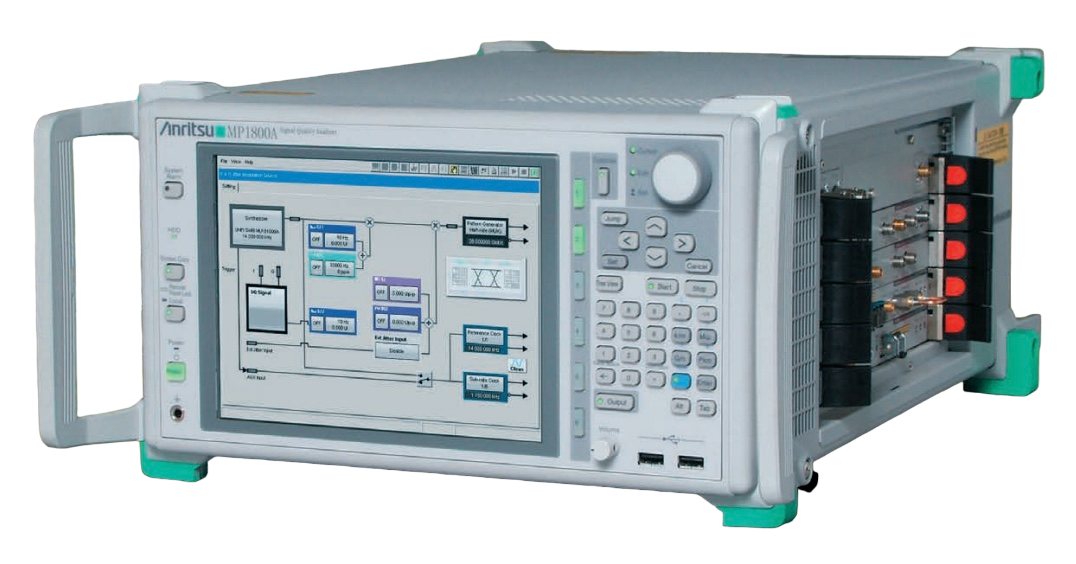 Mainframe
Mainframe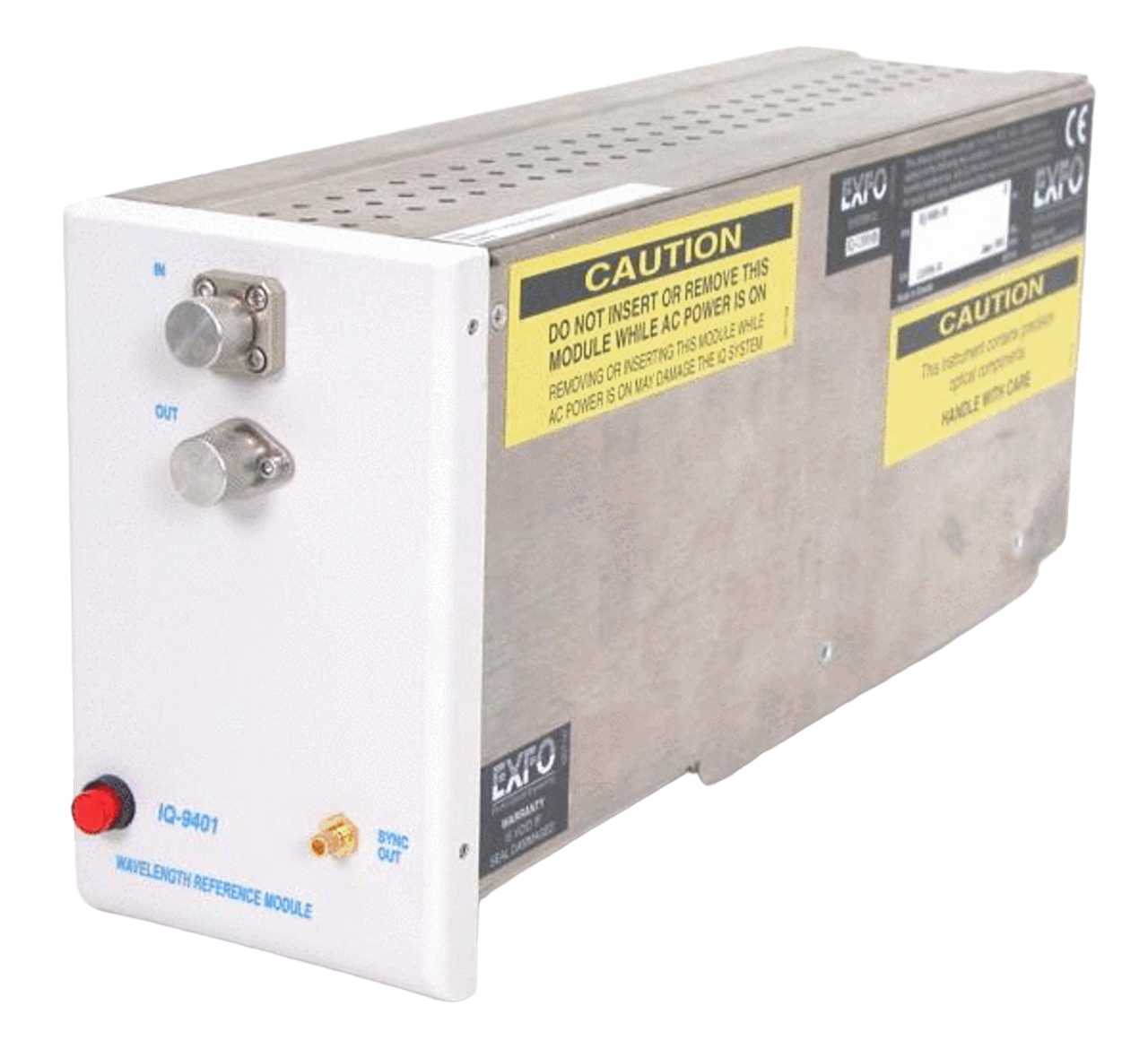 Module
Module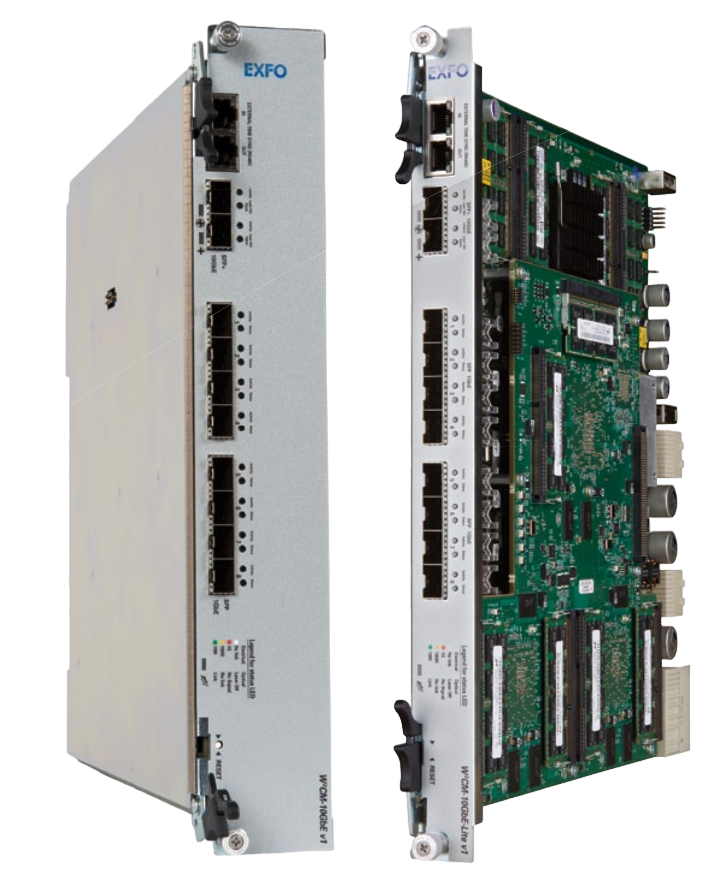 Interfaces(GPIB, Power)
Interfaces(GPIB, Power)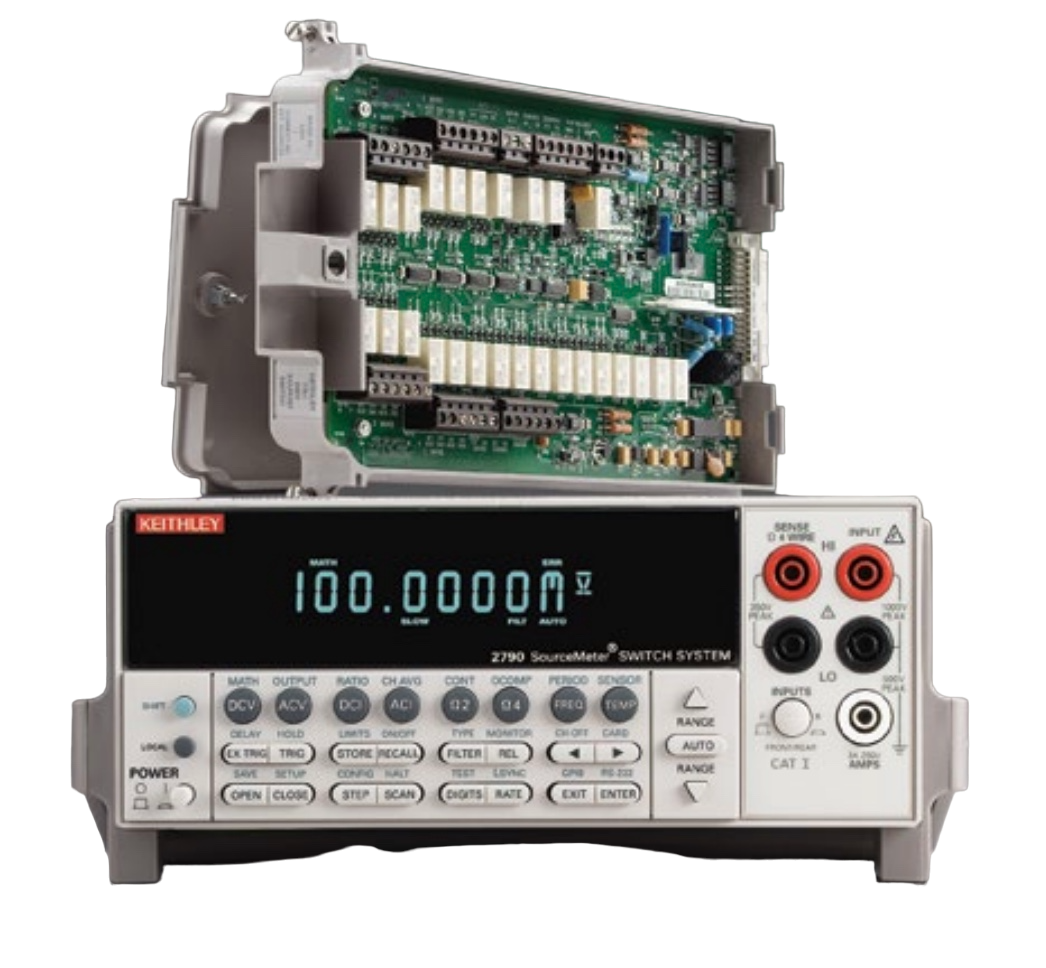 Switch
Switch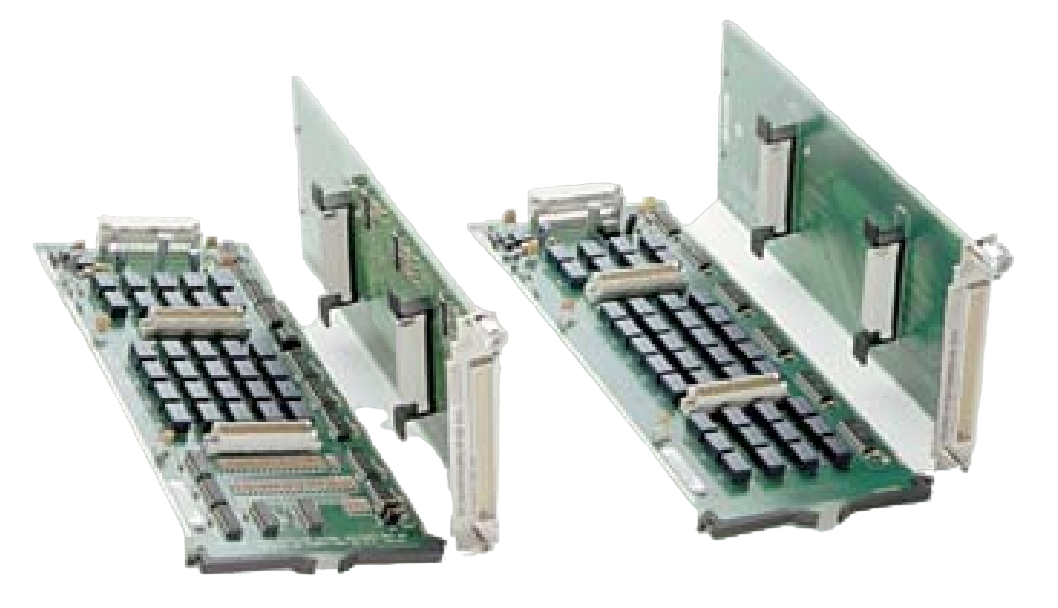 Matrix Cards
Matrix Cards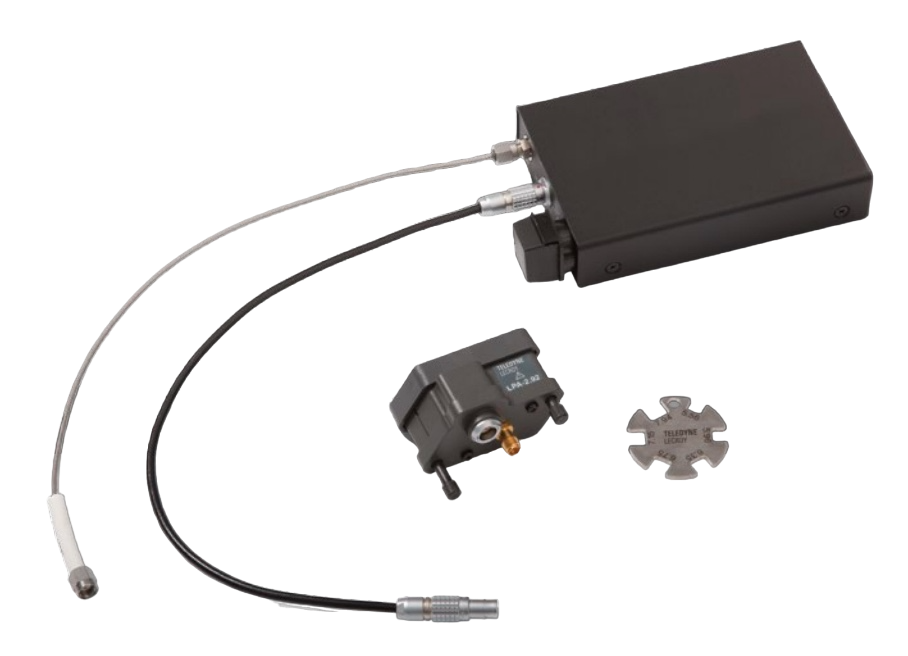 Converter
Converter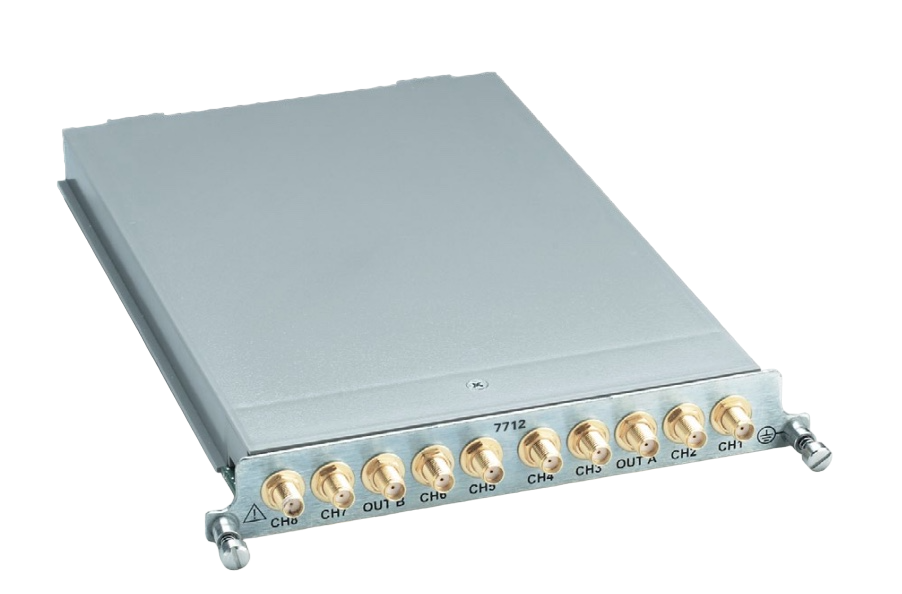 Multiplexer
Multiplexer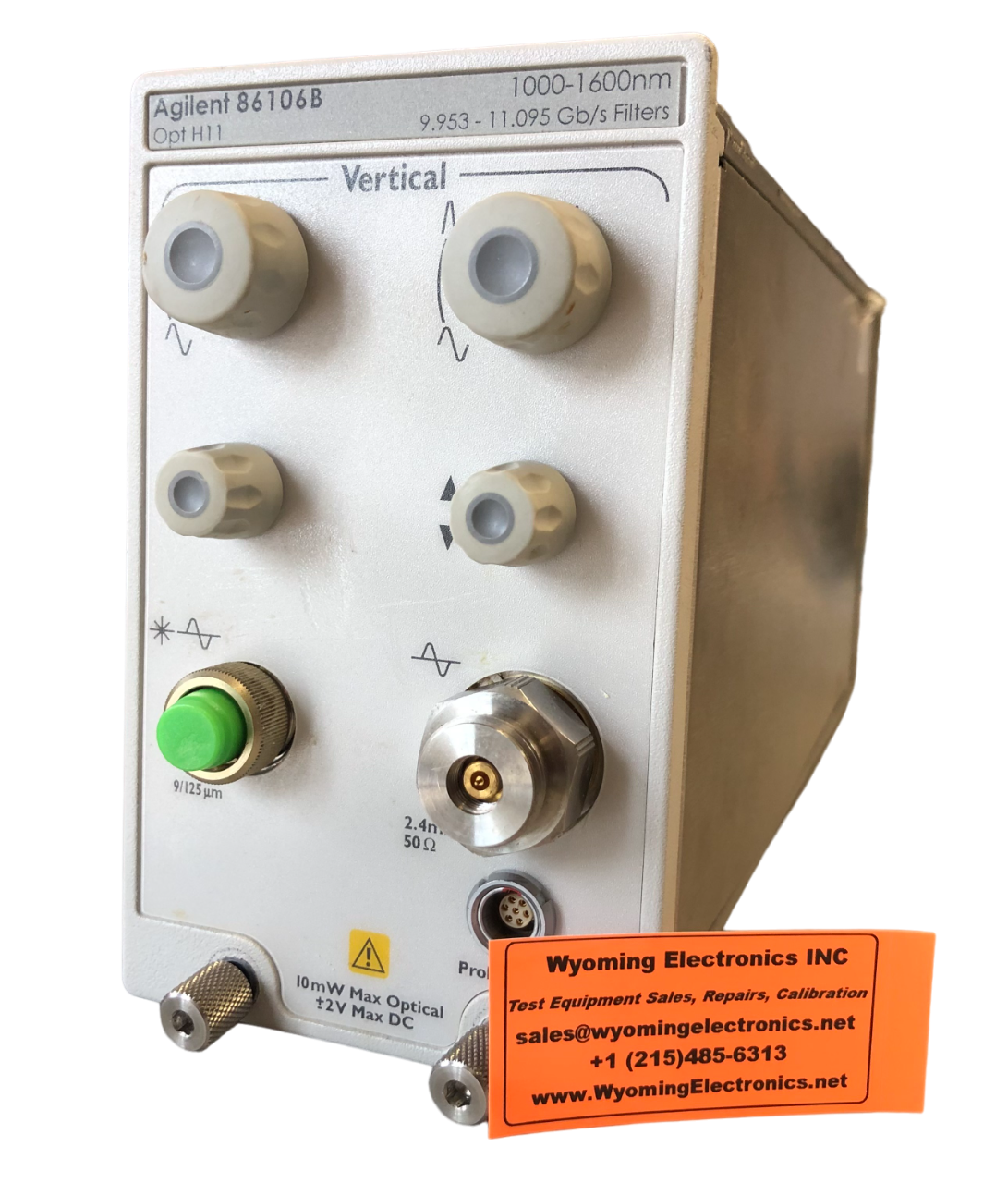 Plug-in
Plug-in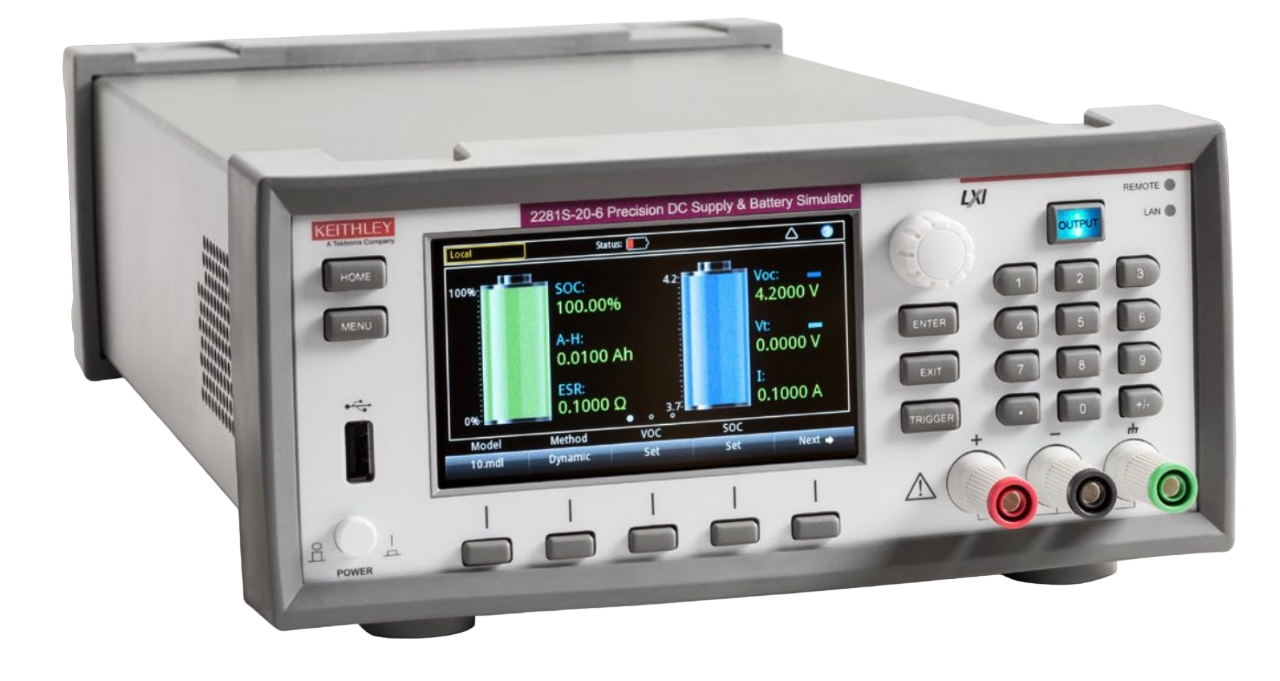 Simulator
Simulator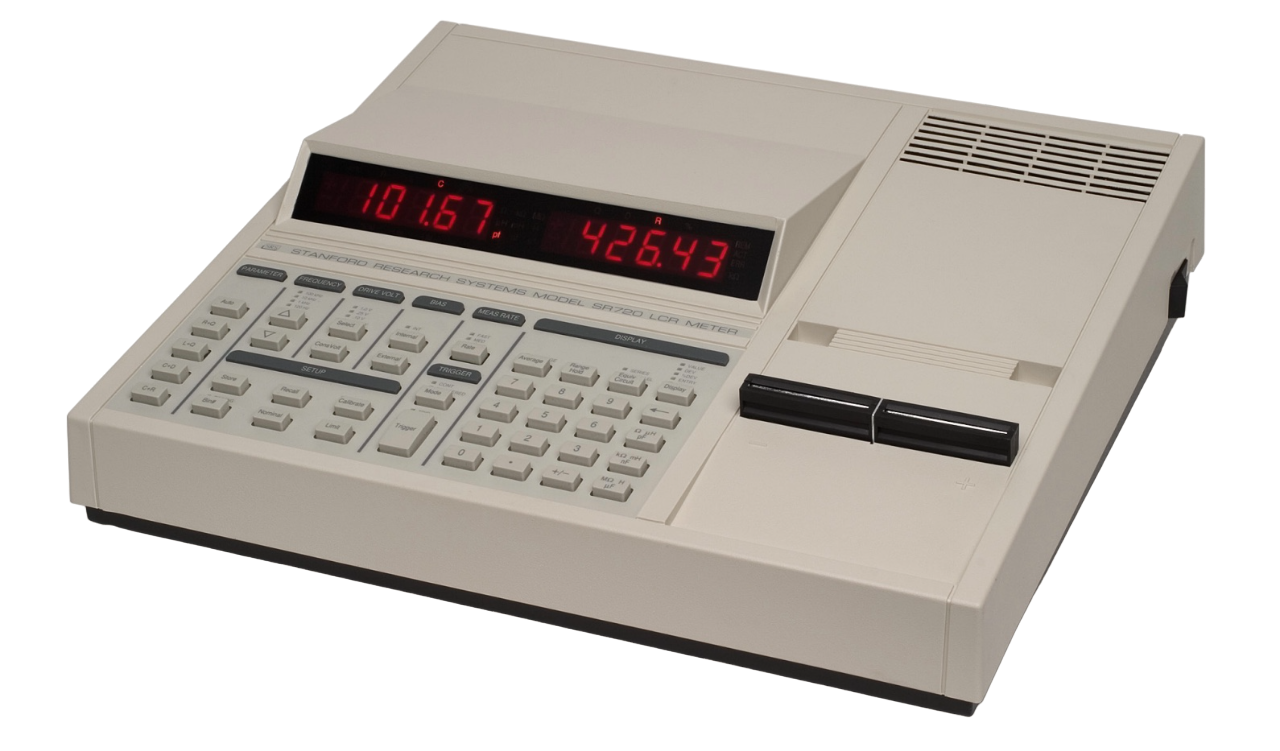 LCR Meters
LCR Meters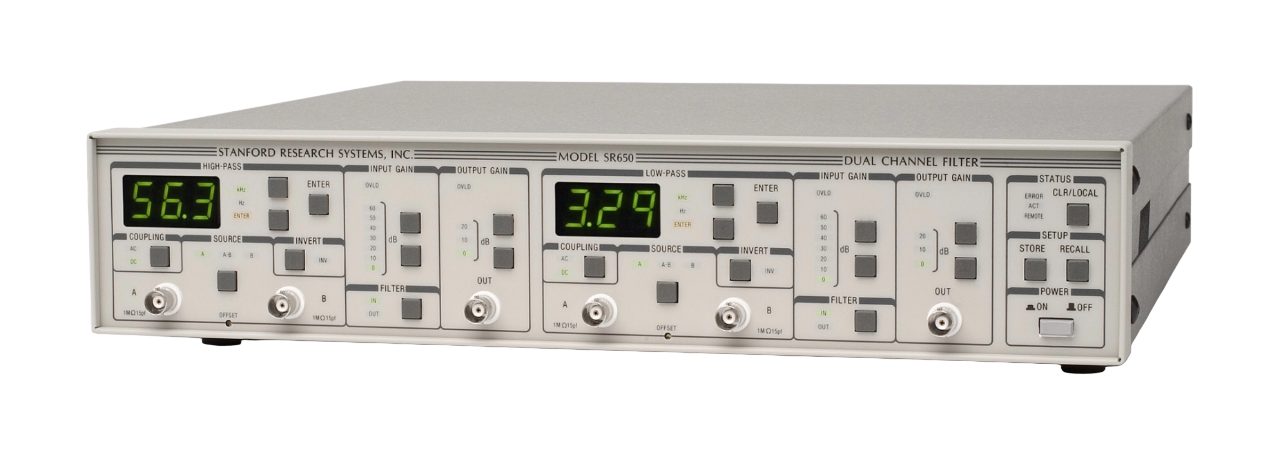 Filters
Filters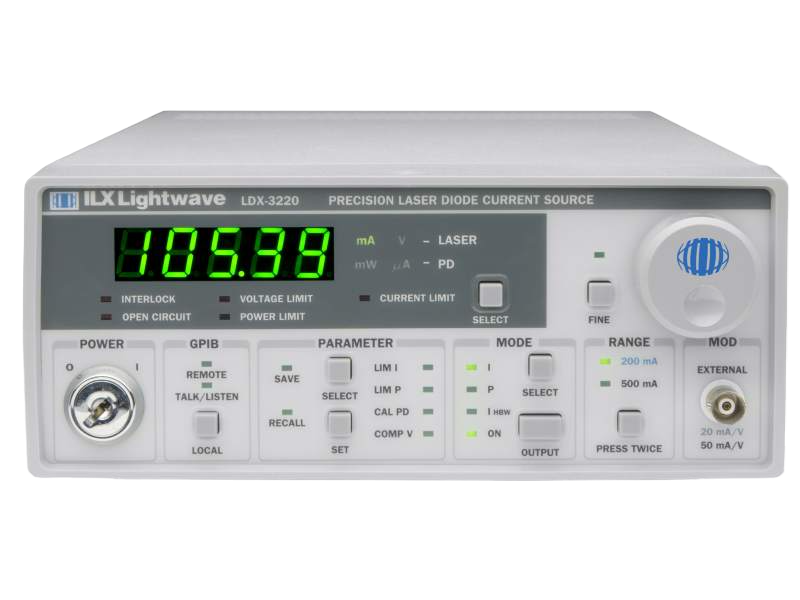 Laser Drivers
Laser Drivers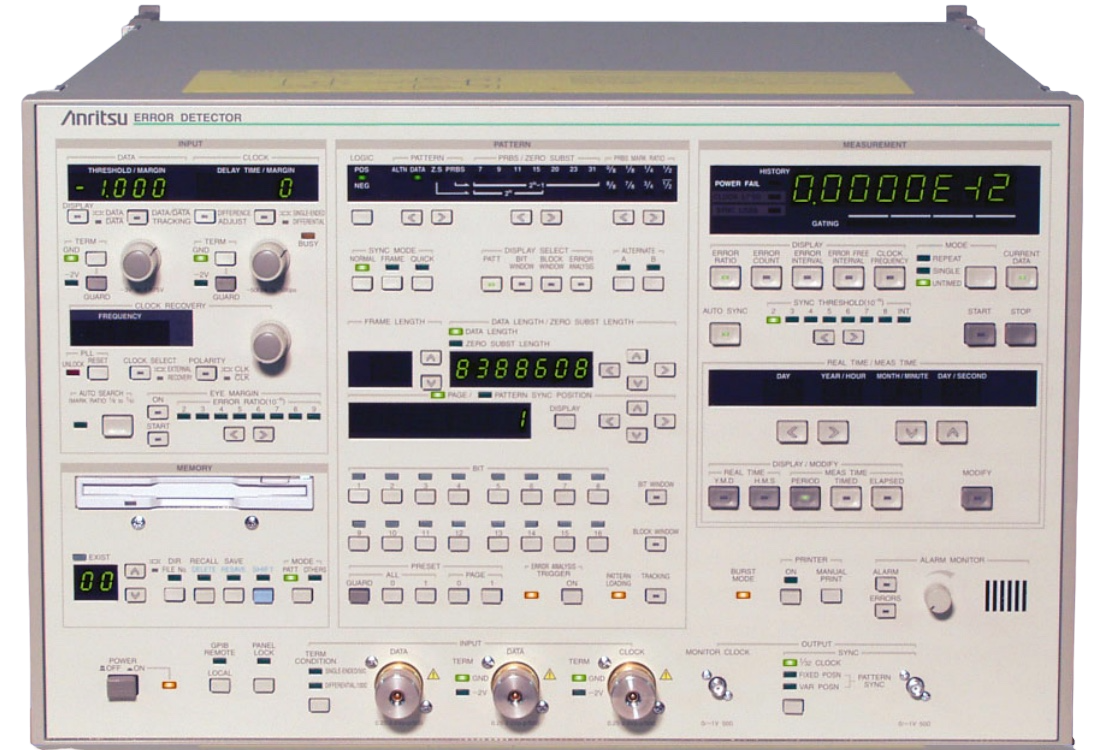 Error Detectors
Error Detectors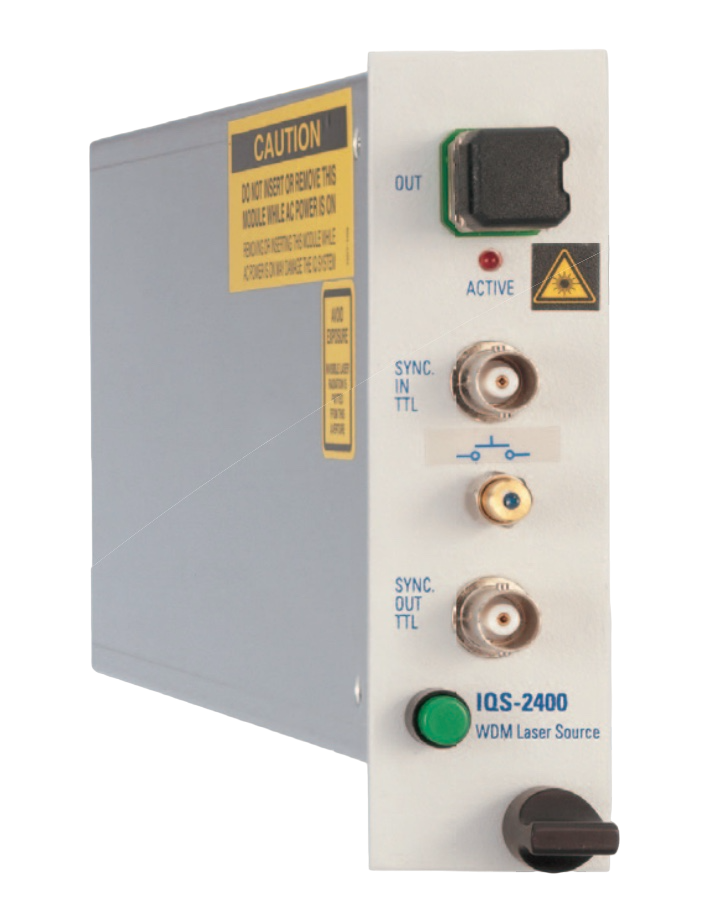 Laser Source
Laser Source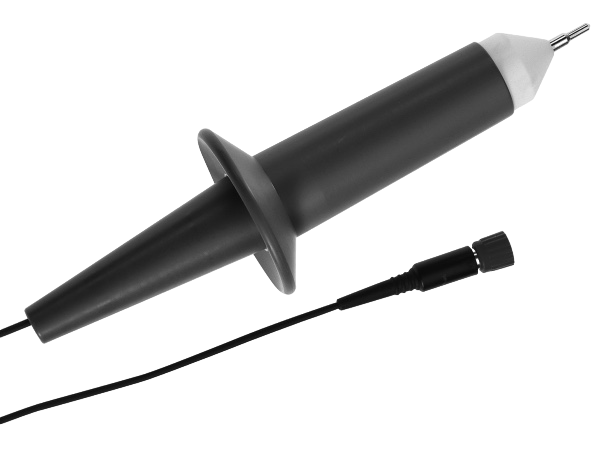 Probe
Probe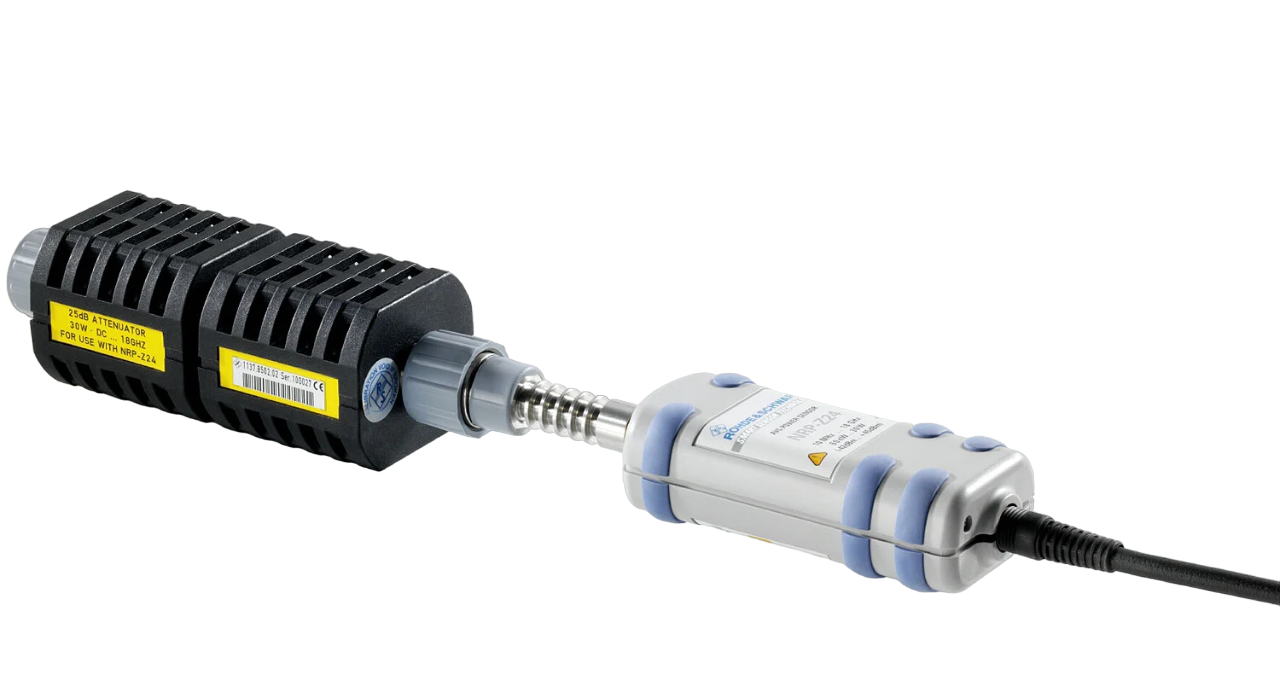 Power Sensor
Power Sensor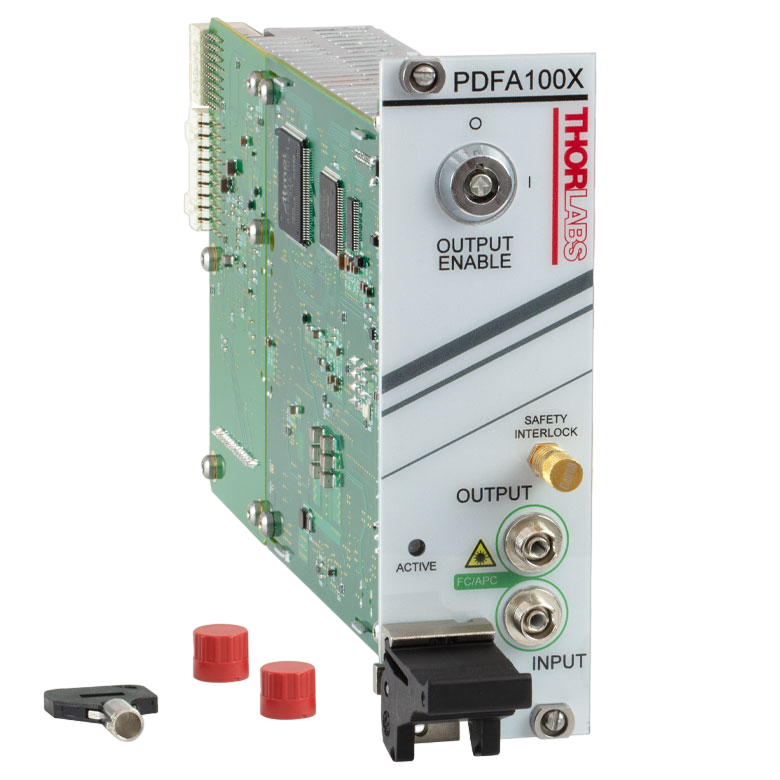 Amplifier
Amplifier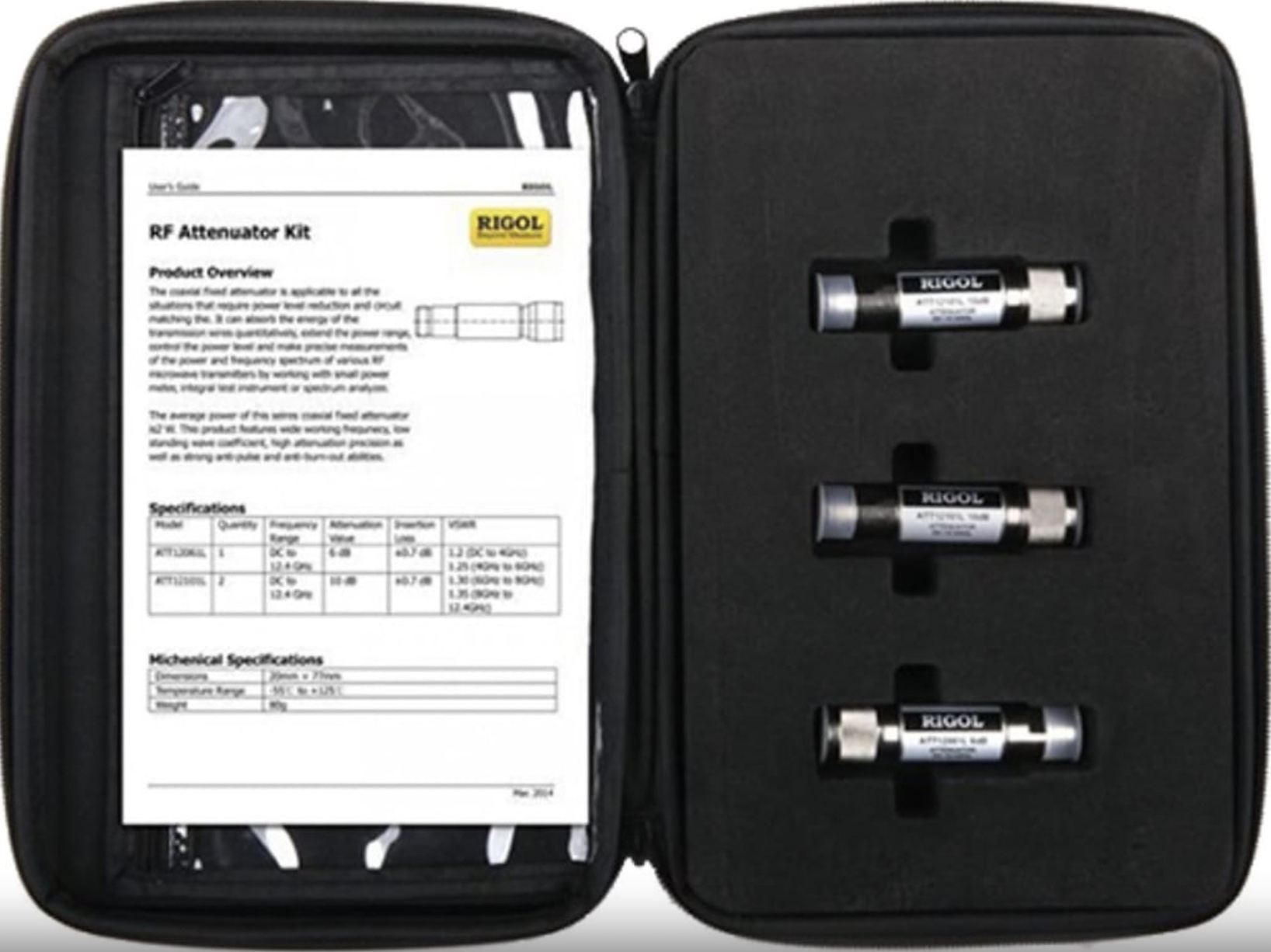 Attenuator
Attenuator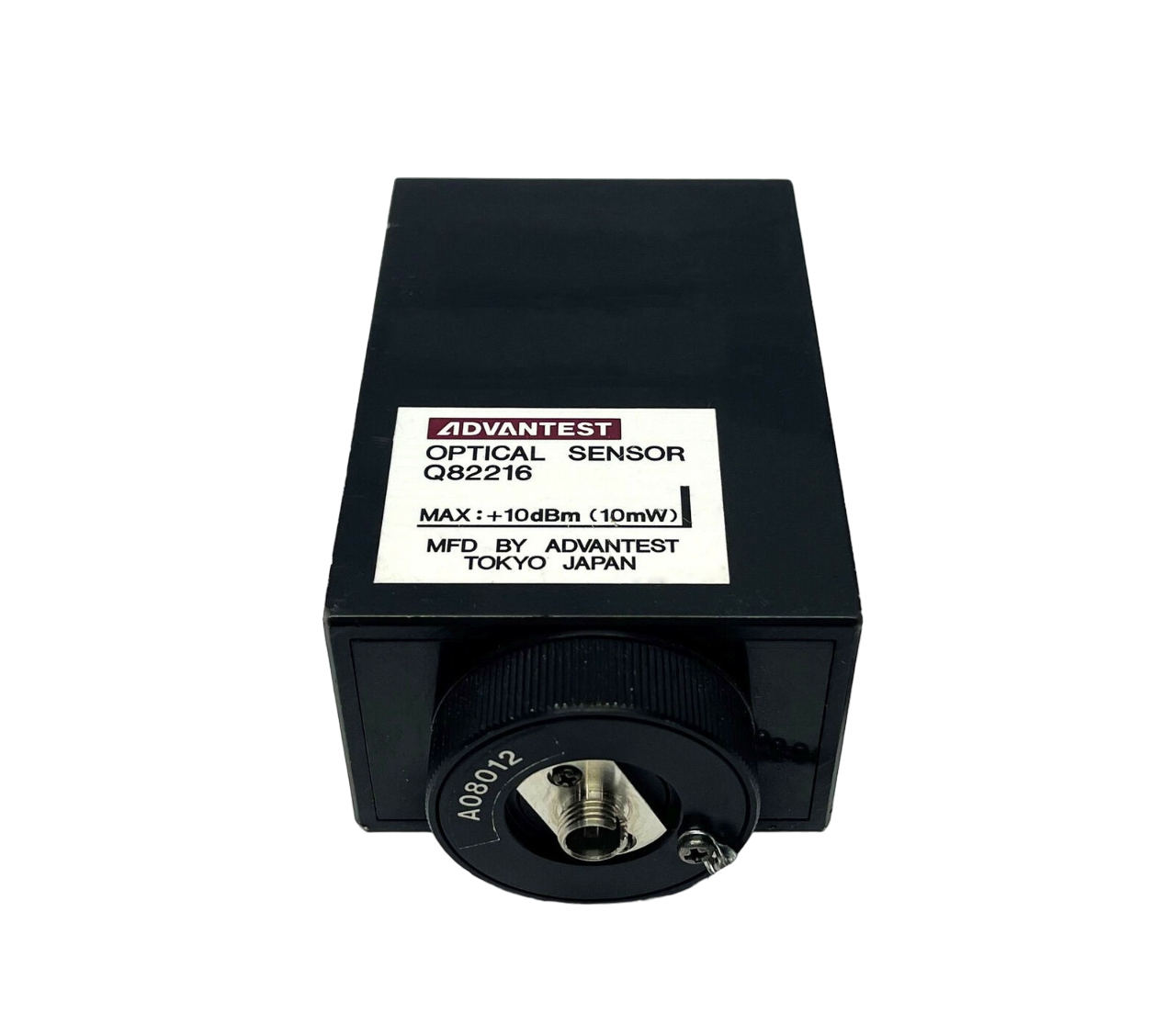 Optical Sensor
Optical Sensor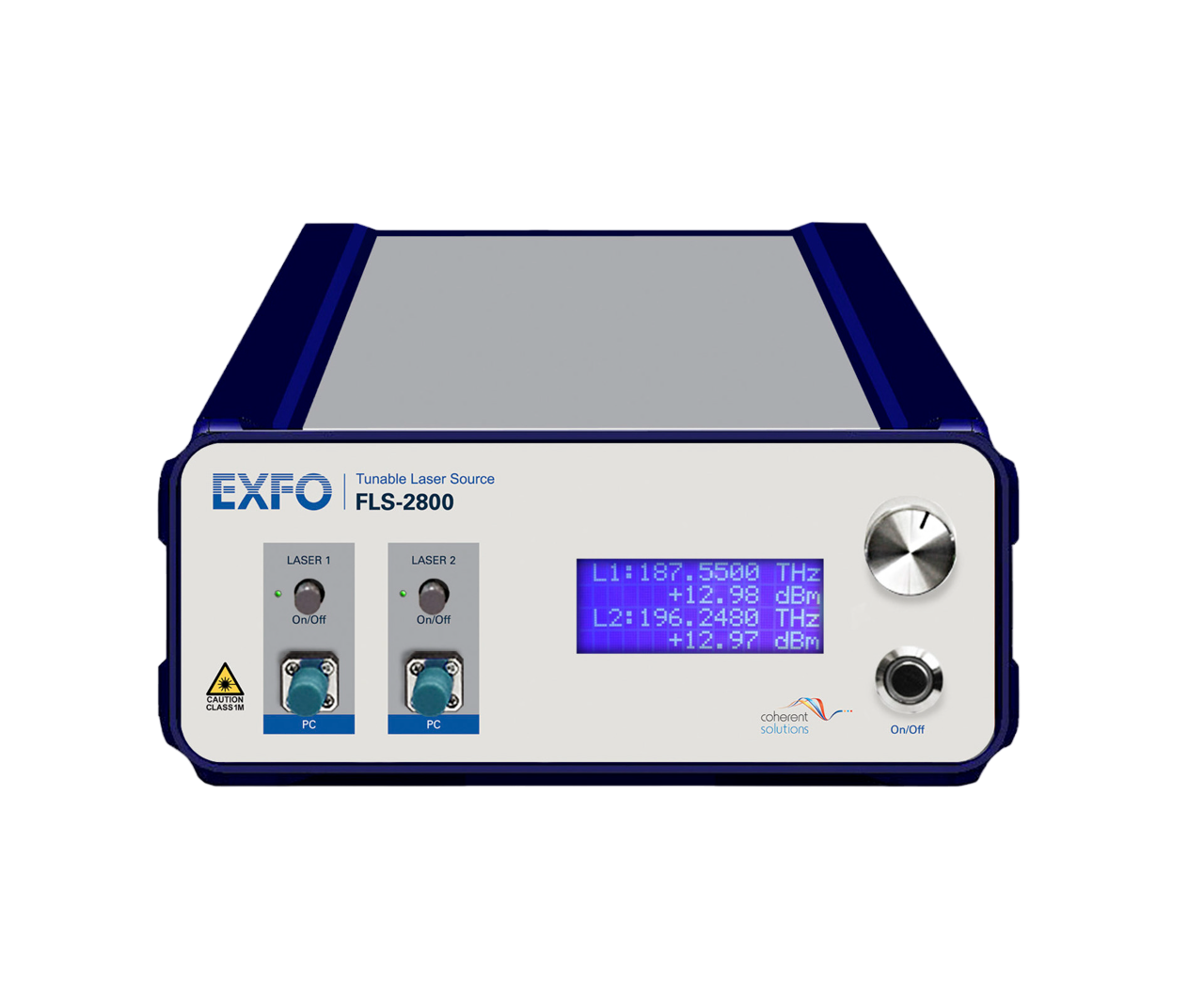 Light/LED Source
Light/LED Source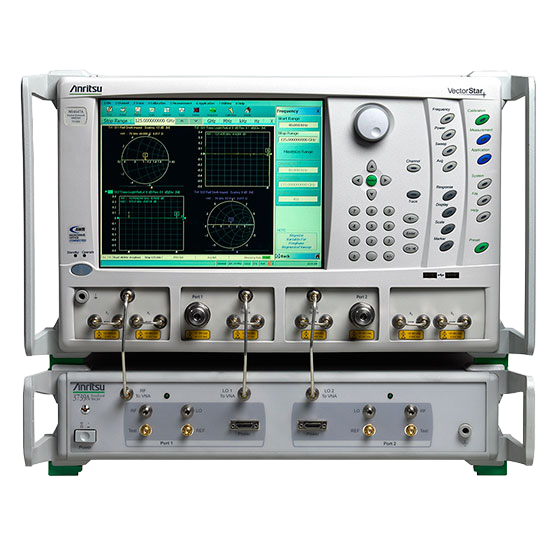 Broadband / Noise Source
Broadband / Noise Source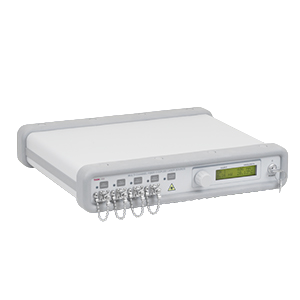 Optical / Fiber Source
Optical / Fiber Source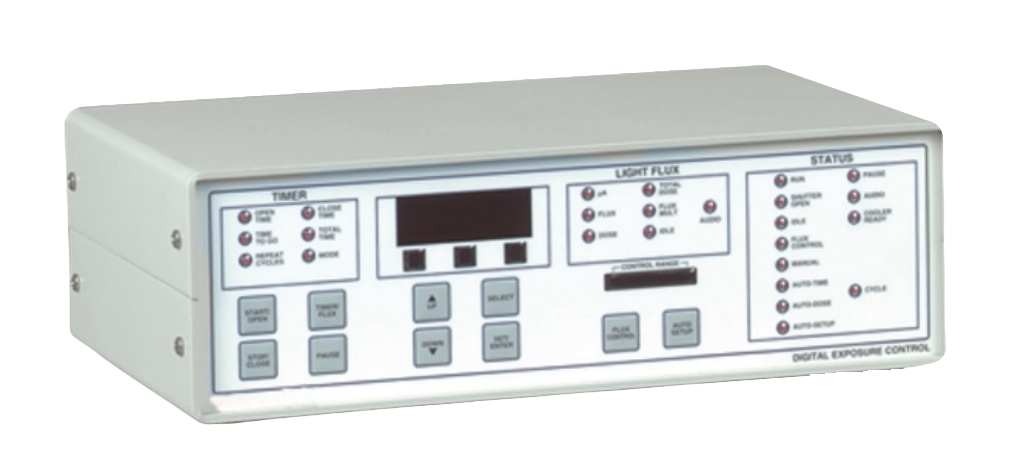 Power Supply
Power Supply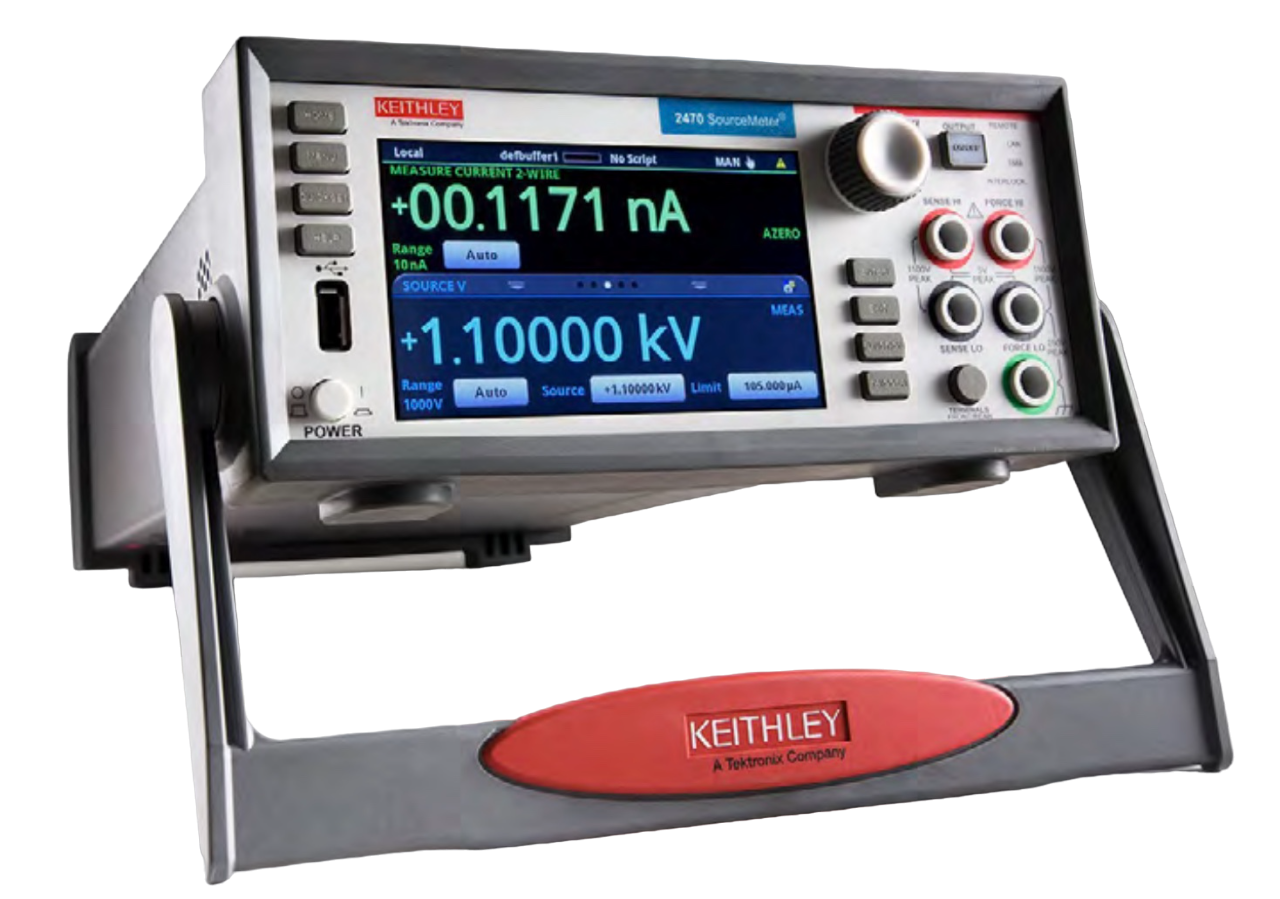 Voltage Source
Voltage Source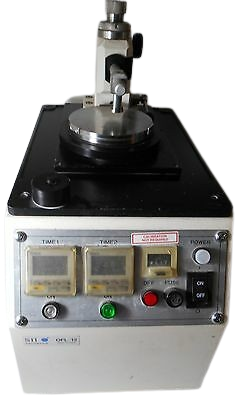 Polisher
Polisher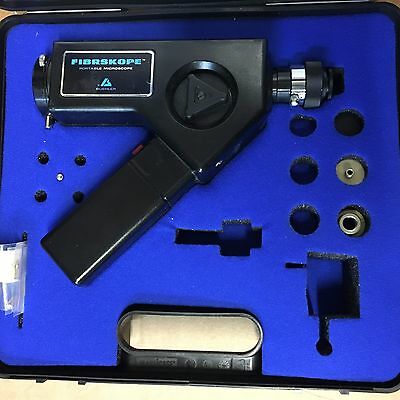 Microscope
Microscope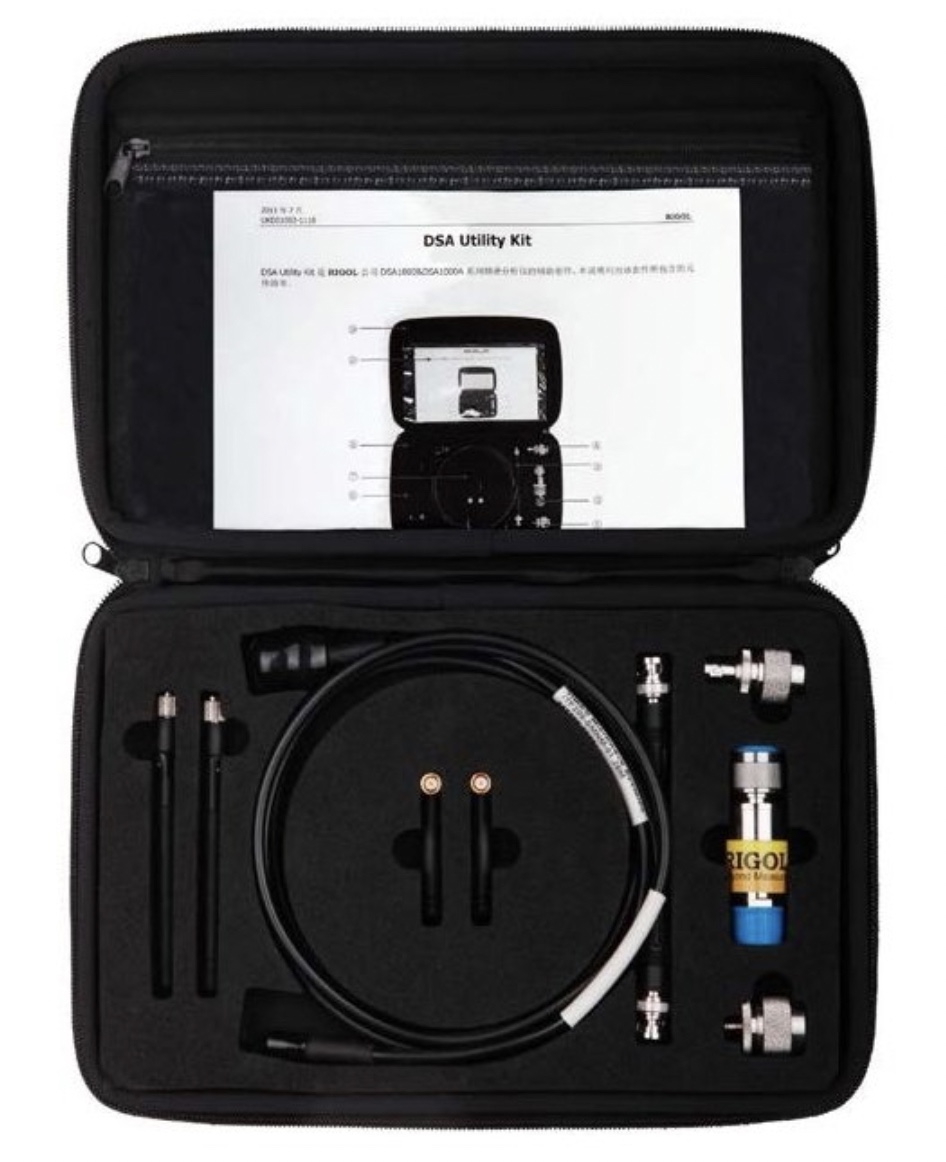 Adapter
Adapter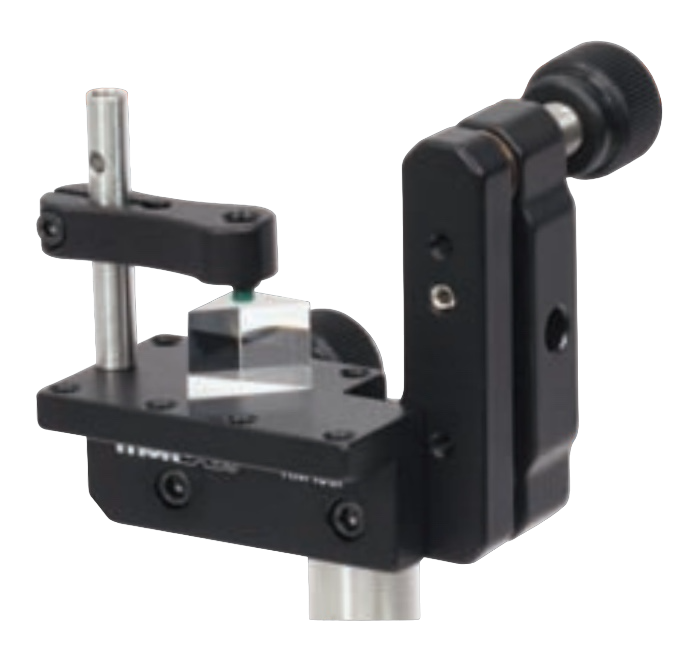 Platforms/Mounts
Platforms/Mounts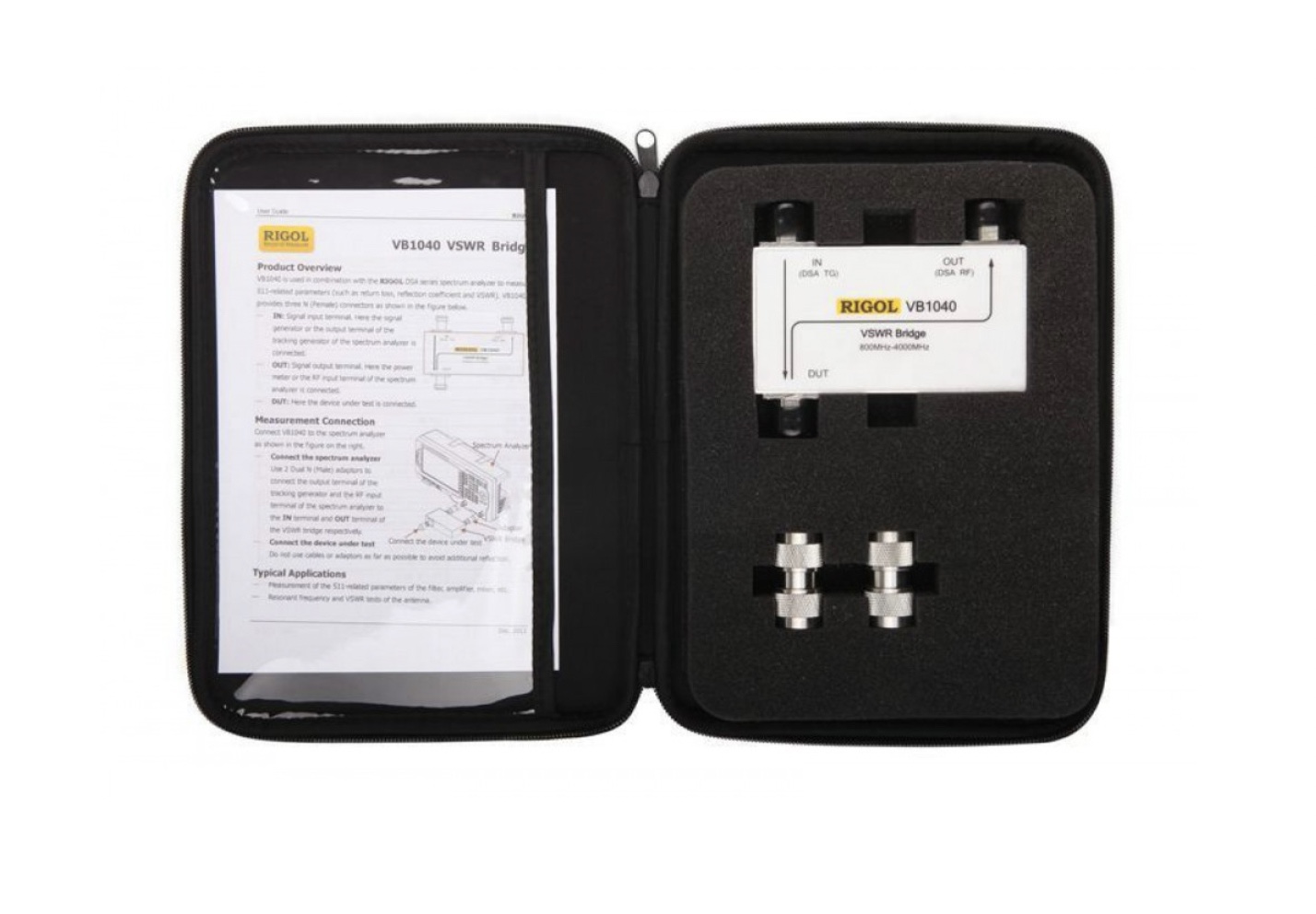 Bridges
Bridges Connectors & Accessories
Connectors & Accessories